We hadn’t been to Morocco for nearly ten years, so we decided it was just the place to go to for a long weekend over Mick’s birthday. Tangier has a motley reputation and many travellers these days pass swiftly through to head for the “real” Morocco further south. But there was a time when the rich and famous were drawn to it like bears to honey. What is it like now? We decided to find out for ourselves. The Hotel Continental (www.continental-tanger.com/fr/) was the obvious place to stay, set inside the old Medina, oozing style and history. Past guests included Winston Churchill, Paul Bowles, Jack Kerouac and the Rolling Stones and we couldn’t resist following in their footsteps. We were lucky to be able to book one of the last rooms, but at 180 Euros for four nights including breakfast, it seemed to be a bargain.
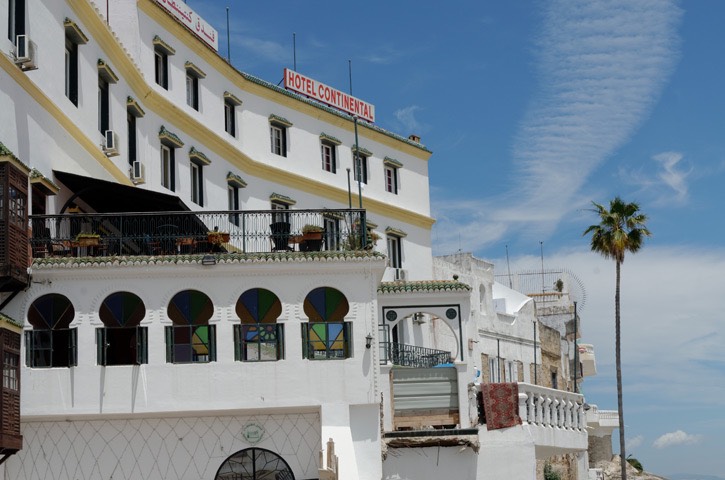
We discovered that it is now only possible to go by ferry from Tarifa to the old port of Tangier; all the ferries from Algeciras now go to the new Tanger Med container port, which is about half way between Tangier and Ceuta. The information about ferry times on the internet was conflicting, as it showed only one company but more departure times than they offered on their website (www.frs.es), so we decided to just turn up in Tarifa and buy the tickets there. We had been warned by a friend not to park anywhere marked with yellow (no parking) or blue lines (metered parking), but we managed to find a place near the Guardia Civil building, which we felt gave the car some extra protection. On our way to the harbour we popped into the first travel agent we found and asked for ferry tickets. We thought we had more than one hour left to the departure time, but it turned out that we could get onto the Inter Shipping ferry leaving in less than 15 minutes. The issuing of the ticket was done in record time and we whizzed to the ferry, only to wait for an extra 30 minutes. Apparently such delays are common and it usually takes quite a bit longer than the advertised crossing time of 35 minutes, especially in poor weather when the ships, obviously, go slower. On the way across the Strait of Gibraltar we managed to catch a brief glimpse of some dolphins, but fast ferries are far from ideal for wildlife spotting! The immigration procedures for entry to Morocco were completed on board the vessel, so when we arrived in Tangier, we just stepped off the vessel and were free to go.
We had decided that it would be best for Maren to wear a scarf around her head, and the effect that this had was amazing. All other tourists were immediately approached by hopeful guides and taxi drivers, while we simply sailed past all of them with a friendly smile. One guy did ask us if we needed help or a taxi, but when we politely declined, he shouted to his colleagues up ahead to leave us alone. We could actually see the Hotel from the ferry dock, so a taxi wasn’t necessary and the walk only took about ten minutes. The Hotel Continental stands on the walls of the Medina, the old City, and overlooks the harbour and parts of the Strait. Our room was fairly basic but comfortable and the hotel itself certainly was as interesting as the guidebooks promised!
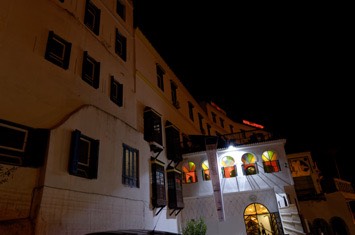
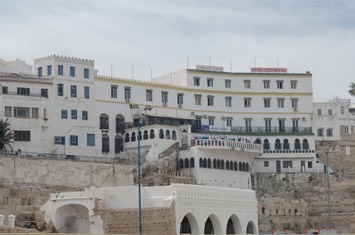
The interior of the hotel is absolutely stunning, with some sitting rooms with comfy sofas, small courtyards and amazingly intricate carvings and tiles in most of the public rooms. We spent a good few hours walking around and marvelling at all the details – what a huge amount of work had gone into all this! We could see why Bertolucci set some of the scenes for The Sheltering Sky in the Continental. Mick used our new tablet to make a panorama of the interior. There are also two terraces facing the harbour, one for breakfast and another one for the bar, where one can sit, enjoy a drink (although strictly non-alcoholic!) and watch the world go by.
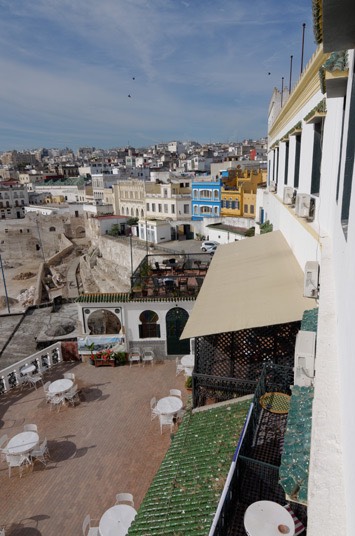
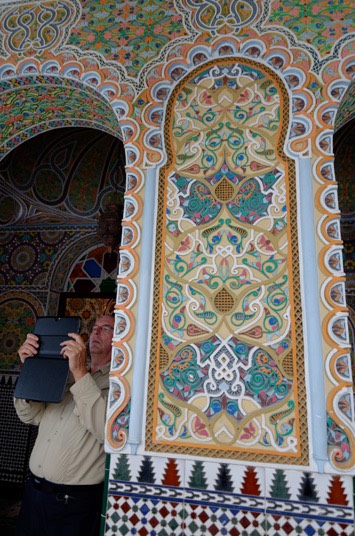
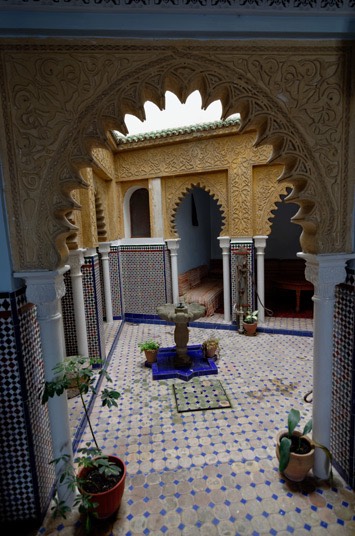
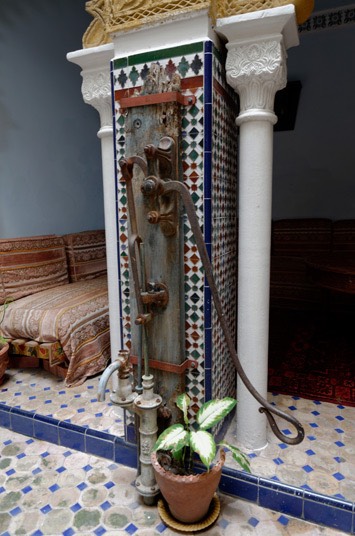
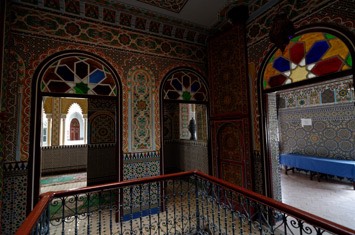
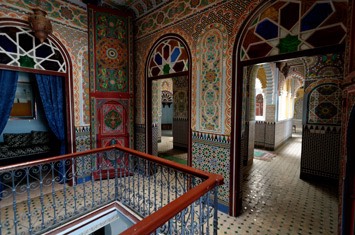

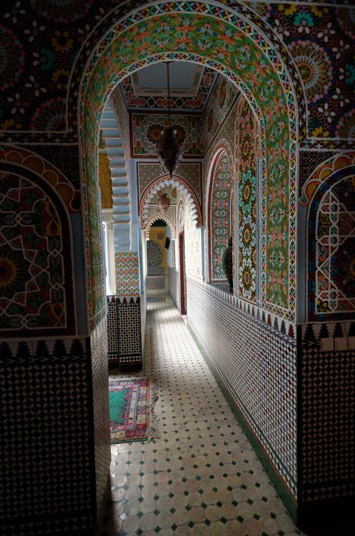
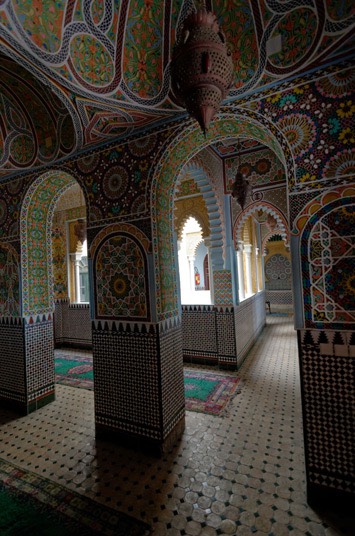
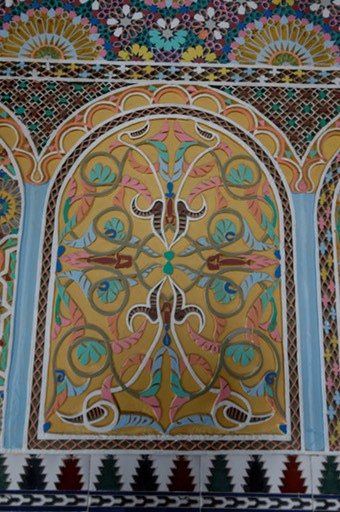
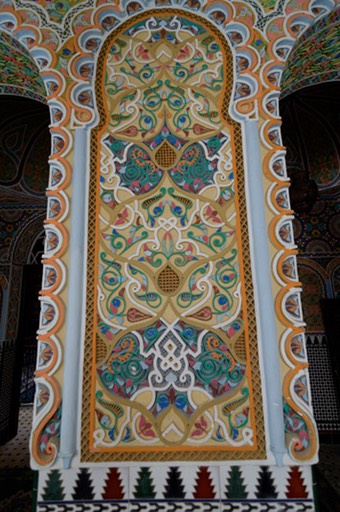
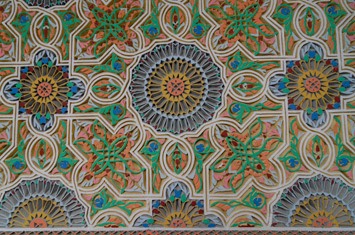
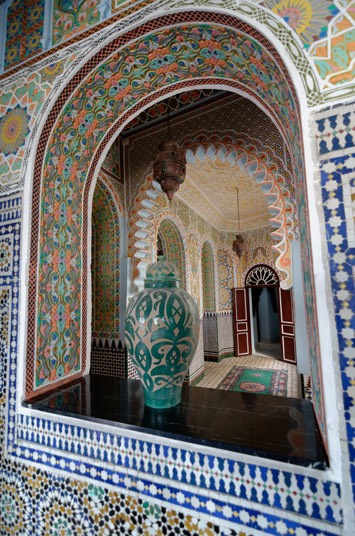
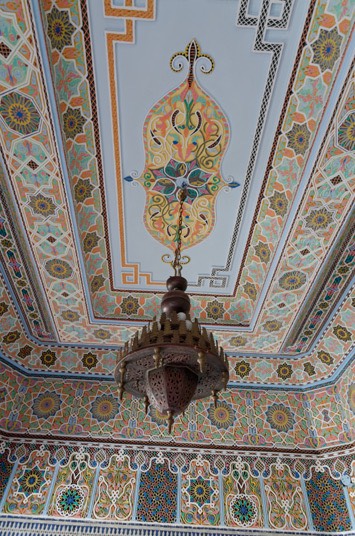
Other than breakfast we didn’t eat at the hotel. For lunch we went to the Grand Socco, where there are half a dozen or more little restaurants by the side of the road. The waiters jostle to claim potential customers first, sometimes even running half way across the road clutching a menu! Competition is fierce and on one occasion some of the guys got really cross with each other. The food at each eatery is similar: couscous, minced meat kebabs, roast chicken, fish and fried seafood. One of the stalls also served delicious harira soup with fresh bread, which we ended up having a couple of times. Prices were very good and the waiters were extremely friendly. It was great to sit at the Grand Socco and see the world go by. We had a couple of dinners in real restaurants, although one of them was a bit of a tourist trap and much more expensive than the outdoors restaurants. Nevertheless, there we could sample some rather more exotic Moroccan delights.
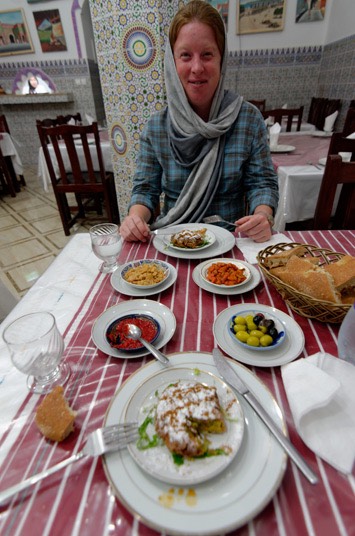
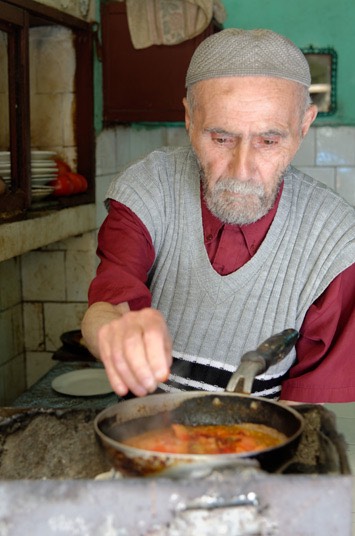
For Mick’s birthday we treated ourselves to a special meal in the El Minzah Hotel (www.leroyal.com/morocco/thecomplex.asp), where the restaurant has the reputation of being one of the best in the country. When we first popped in to enquire if a reservation was necessary, one of the very attentive managers suggested that we could request a birthday cake and a special Moroccan performance, but we decided against the song and dance and opted for a quiet meal. The Minzah also offers alcoholic drinks and food can be chosen from a Moroccan or international menu. We went for a combination and shared a selection of traditional Moroccan starters including a mash of roast aubergines, which was really tasty. We chose main courses from the international menu, Mick having John Dory and Maren roast duck, which were both equally delicious and lovingly presented. Obviously, we couldn’t miss out on a dessert, so we completed the meal with a crème brulée and a chocolate cake. In the reception of the hotel there was a temporary exhibition of portraits, including a regal painting of the Belgian king and old black and white photos of famous people who had stayed in Tangiers: Winston Churchill, Aristotle Onassis, Rita Hayworth, Rock Hudson and Rex Harrison.
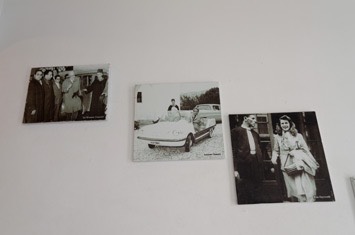
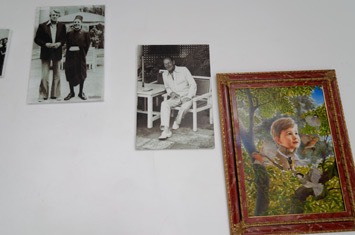
The main thoroughfare through the Medina passes through the Petit Socco, so at some point each day we called in, either to have a quick bite to eat or mostly just to sit in the Café Tingis over a glass of mint tea and watch. Mick remembered the café on his first visit to Tangier in 1967, and little seems to have changed since! After sunset this little square was bustling with life, and it is a great place to sit in the evenings to watch the world go by. They serve good big glasses of very sweet tea, but after the first one we asked them to make the tea a little less sweet for us…
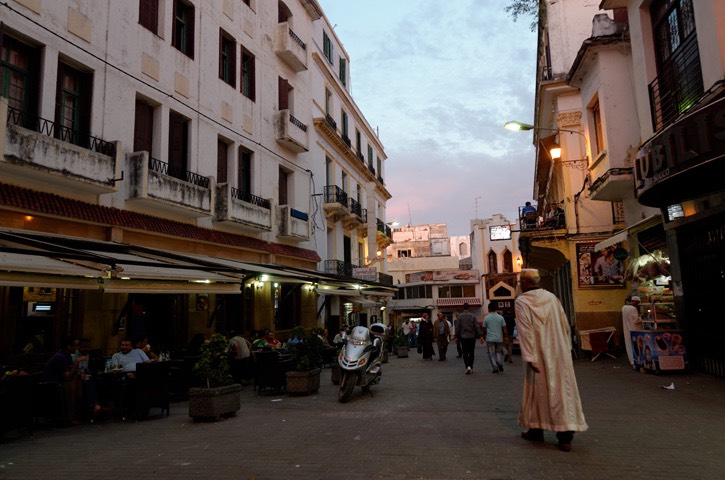
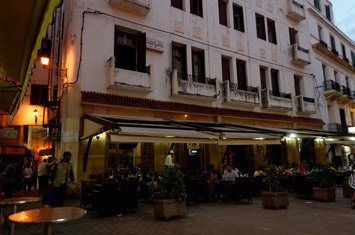
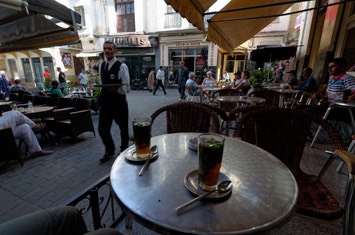
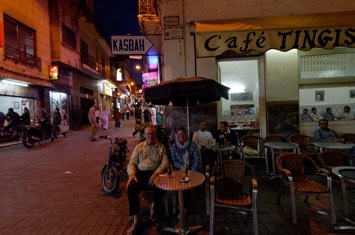
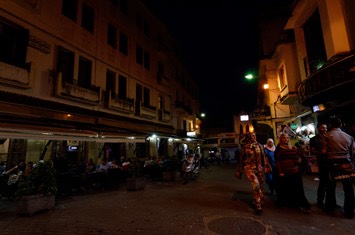
On our way to and from the hotel we regularly walked past a couple of very interesting sights. First of all there was the sign for Jimmy’s world famous perfumery, claiming to serve the international jet set, but which is now a bit moribund. It always makes us smile and think of Mick’s son-in-law Jimmy, who works in the music industry and is constantly jetting around the world. But we didn’t know that he had another business going in Morocco… A tiled sign bearing the phrase “plus ultra”, that also appears on the Spanish flag, caught our attention too, among some old buildings in the Spanish colonial style.
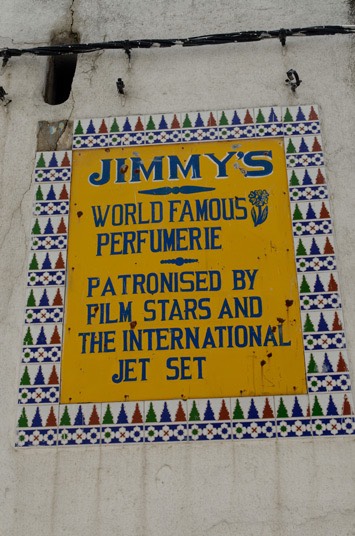
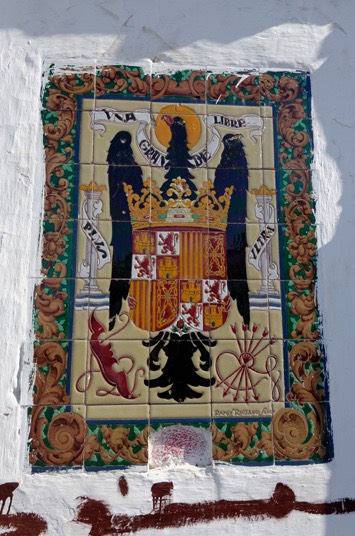
One of the most fascinating little places we saw was a bike repair shop, where they seemed to be fixing a different type of machine every time we passed.
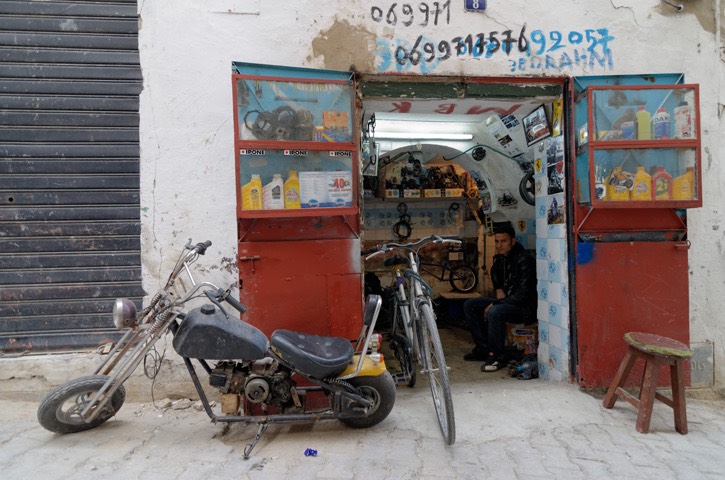
Mosques are dotted around all over Tangier, with one of them not too far from the hotel, with the result that we were awake every morning before five o’clock! The nice thing about being on holiday is that one can just turn over in bed again and go back to sleep! Friday at lunchtime we had a bite to eat on the Grand Socco and, when the muezzin called for prayer, the mosque was soon filled to capacity and a huge crowd gathered on the outside to join the prayers.
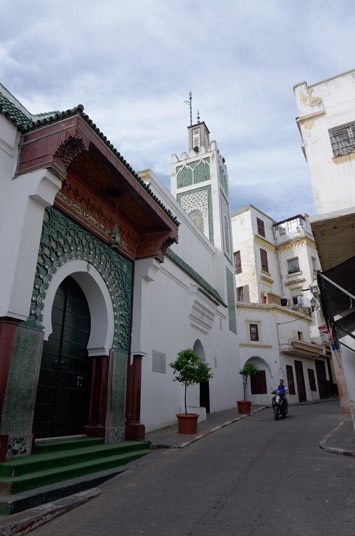
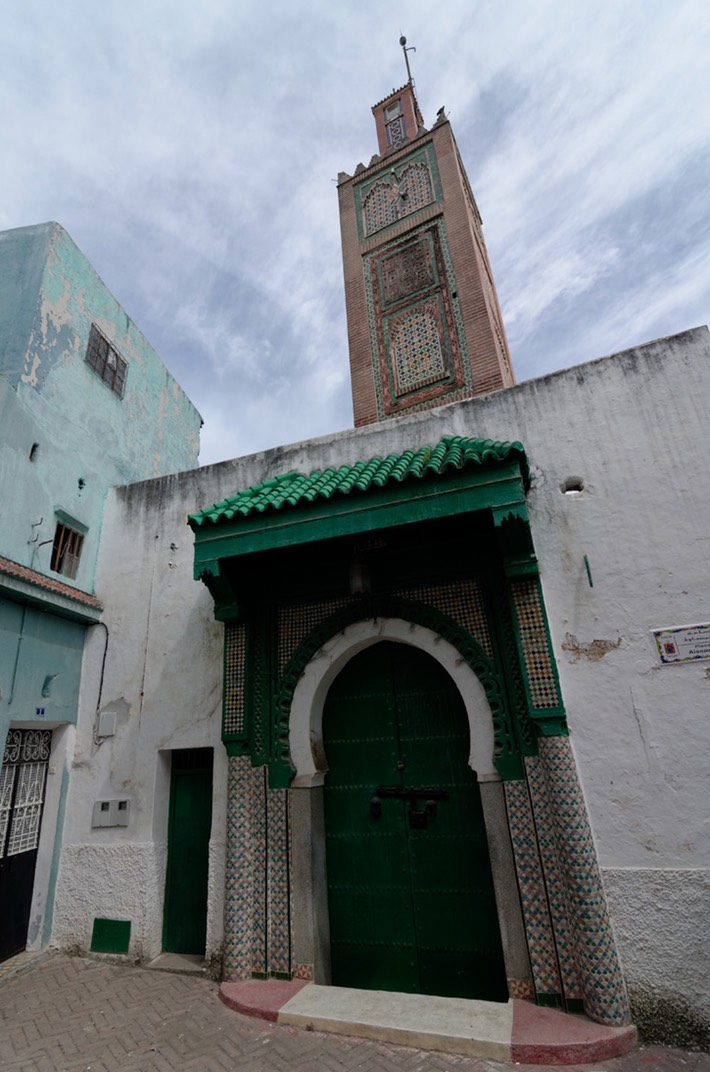
It’s not just the mosques that have great old doors; there are amazing doors and gateways to be found all over the Medina. We spent a large part of our time just exploring the old city and taking in all the sights and sounds. Most alleys are really narrow, and houses are often painted in cheerful colours. Walking around always felt perfectly safe, even in the dark. Sometimes when we stopped to look at things, helpful locals would immediately come towards us to ask if we were lost and looking for something specific, but there was none of the hassle and hustle of former years.
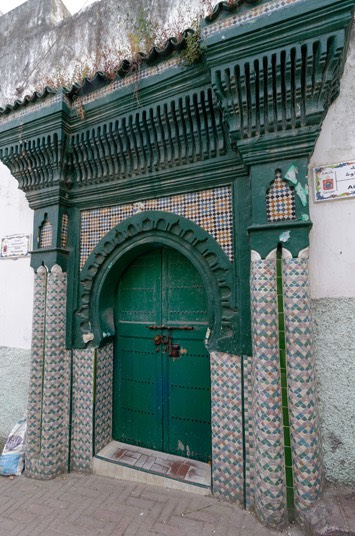
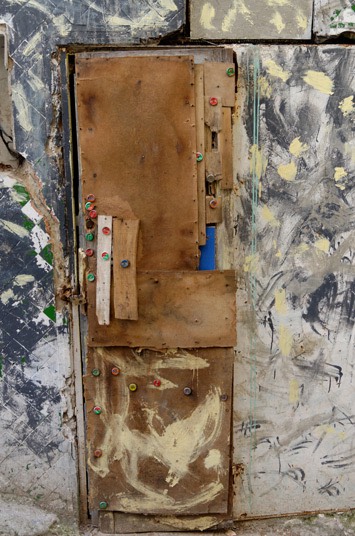
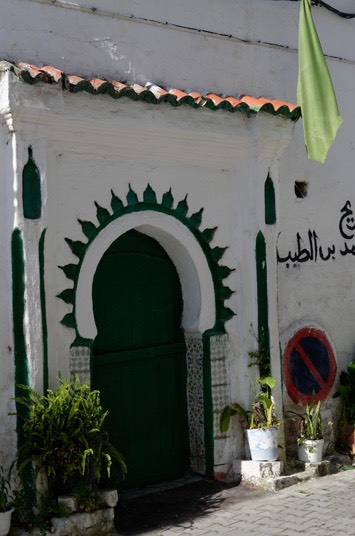
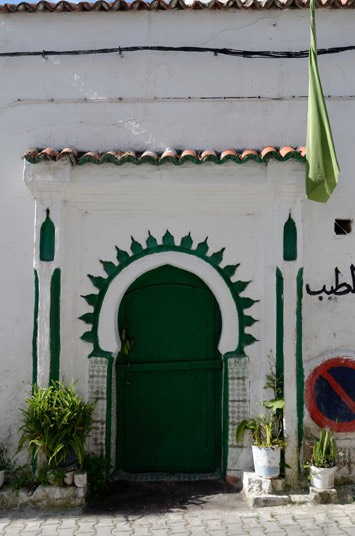
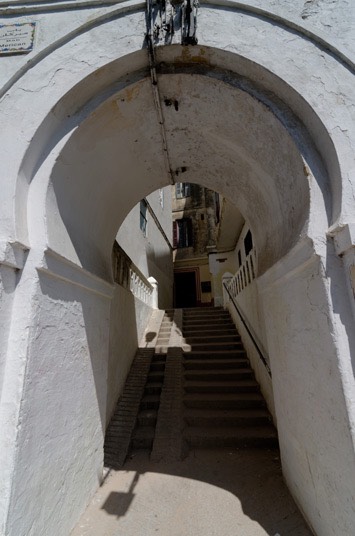
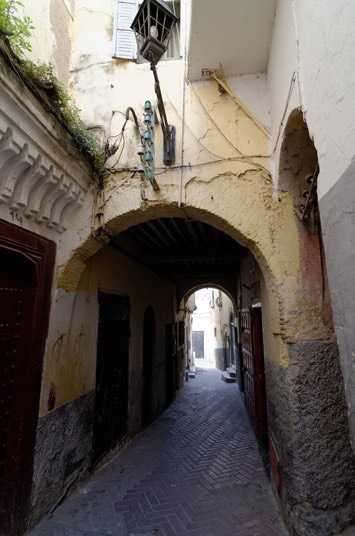
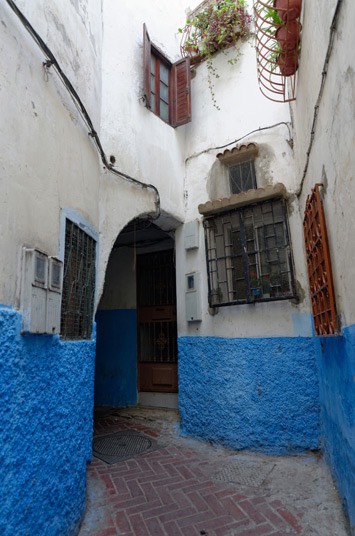
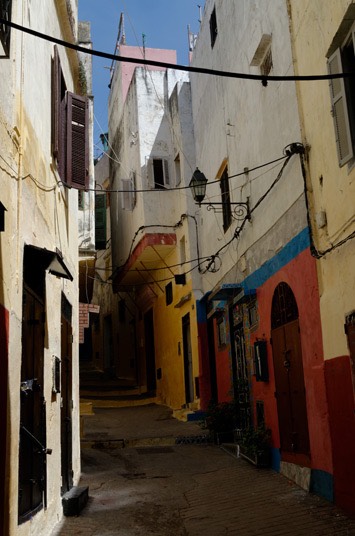
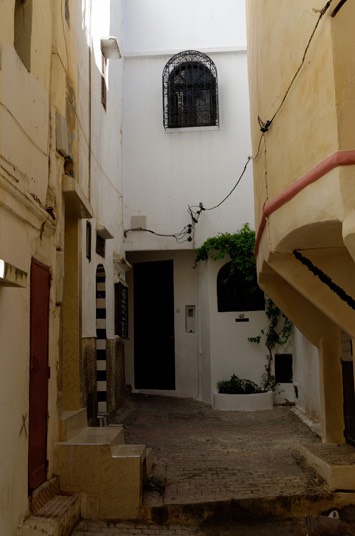
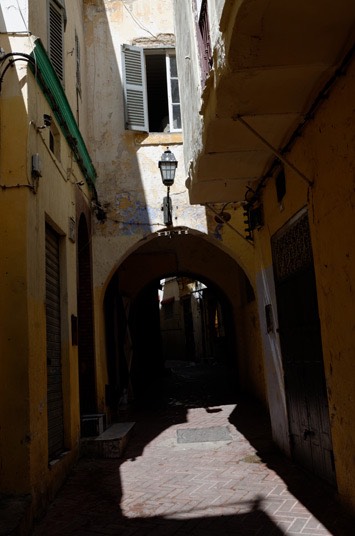
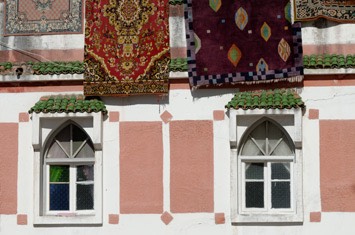
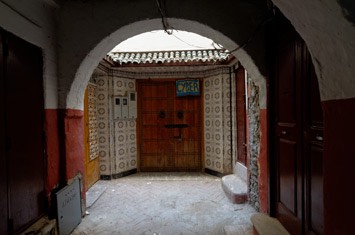
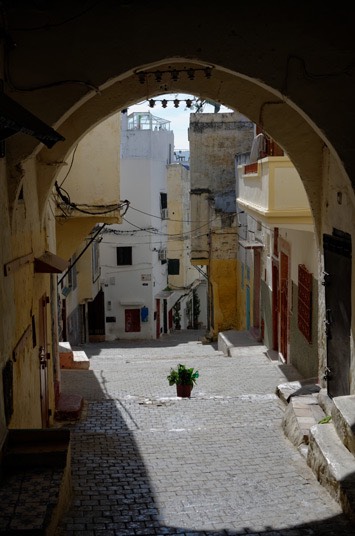
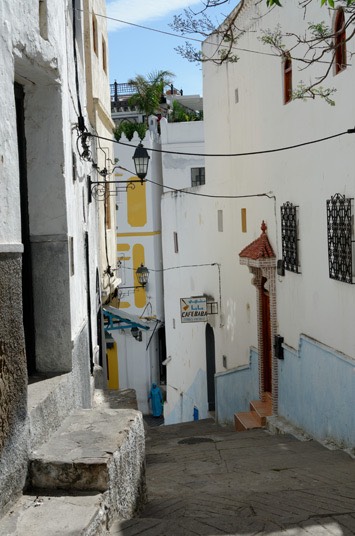
These little vehicles, a combination of motorbike and cart, are used to carry everything around the city, sometimes including passengers. They whizz through even the narrowest alleys and around tight corners, although the bikes scraping through scar the walls of many tight corners.
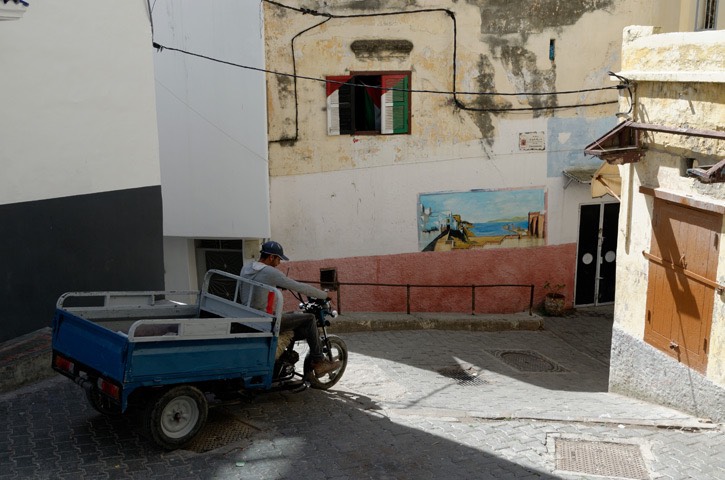
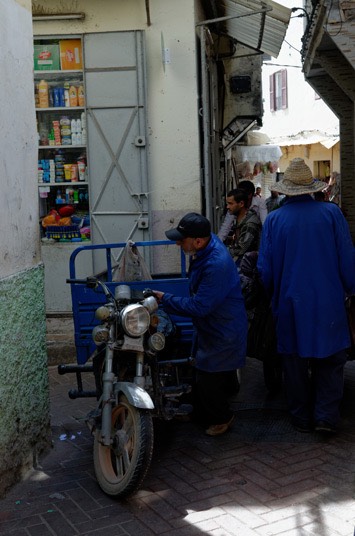
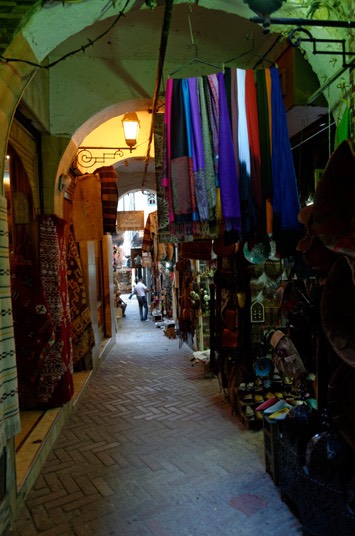
One of Mick’s main memories of Tangier was how bad it was for being hassled by people of all ages; during previous visits he was constantly approached by people wanting to sell him anything from hashish to carpets or give him a guided tour that would soon end at a relative’s bazaar. However, this had all changed! Obviously there are lots of shops in the Medina, catering mainly for tourists, but we found that the shopkeepers were all very friendly and generally accepted a friendly “no, thank you”. On a couple of occasions we were drawn into shops we hadn’t intended to visit, but we didn’t end up buying any more than the things we had hoped to buy for ourselves or as gifts for the family. Several times we were invited for tea and to “just have a look” around shops. After the tea, Ali “Morgen”, who got his name because he speaks good German (although Maren struggled to understand him), then proceeded to show us his whole collection of carpets. They were beautiful, but we politely declined to buy one during this visit, leaving Ali in the hope that we’ll return again one day. His shop was huge and cavernous and full of many varied things: carpets, clothes, jewellery, leather bags, decorations, daggers...
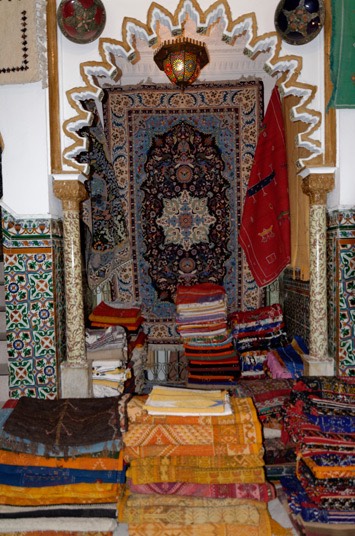
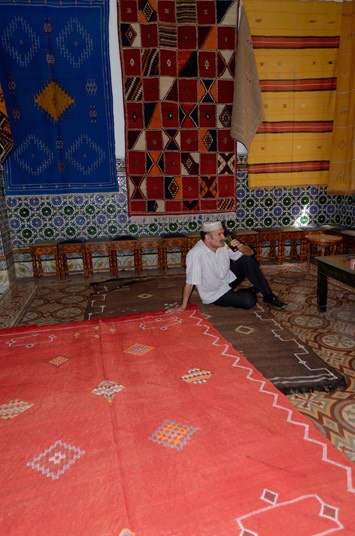
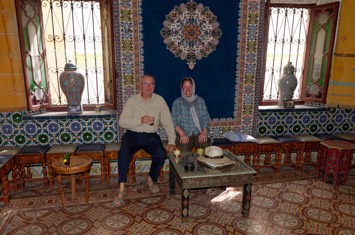
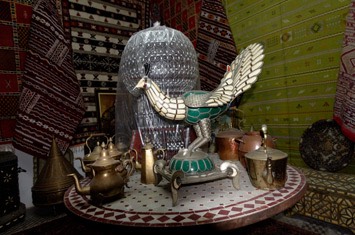
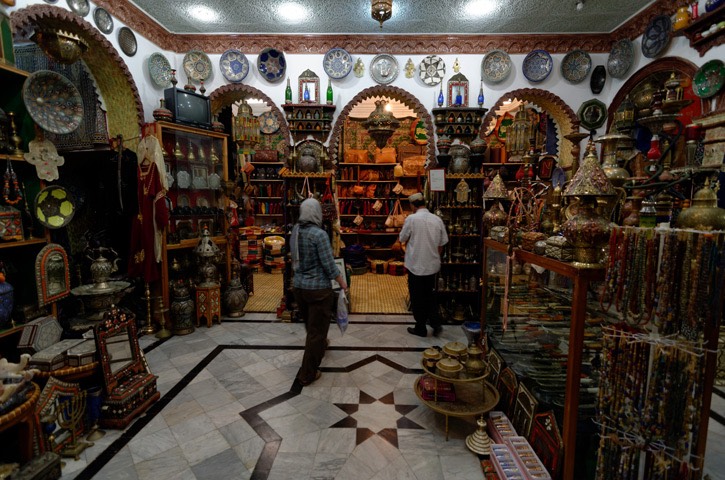
This friendly salesman became another one of our friends for life. His shop was on the way from the hotel to the Petit Socco, so we passed him several times a day and eventually had to go and visit his shop. He is another of the many Moroccan shopkeepers who speak at least some of many languages, including Arabic, French, English, German and Italian. Sometimes conversations are held in a curious mixture of them all! Even after we bought some of his things, he would ask if we didn’t want to buy something else, but when he realised that we wouldn’t do so, he would say “Maybe you’ll come again tomorrow and buy something else”, and so it went on until the day we left.
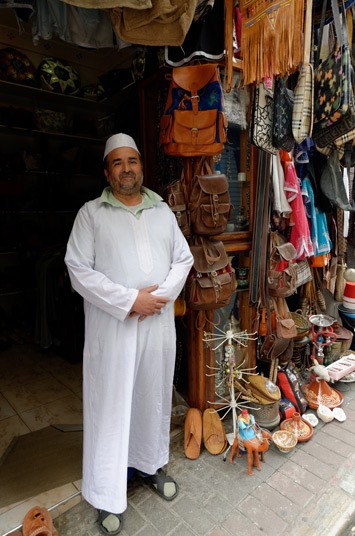
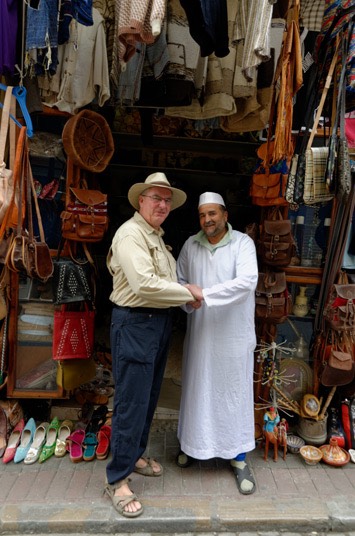
Most of the goods on sale in the shops had been imported from all across Morocco or even further afield. So we were delighted to come across this man making animals and figures of people from leather off-cuts, right there at his little stall! We watched him for some time and, obviously, had to buy some of his work.
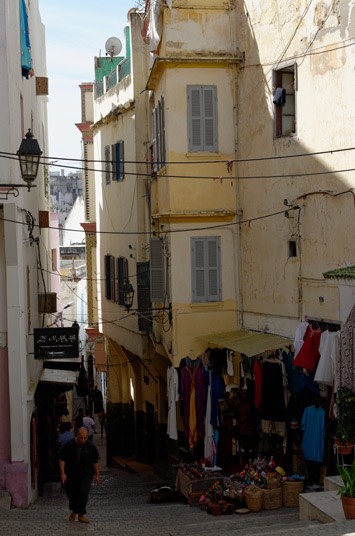
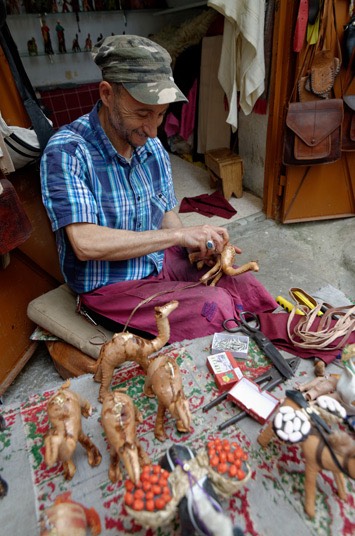
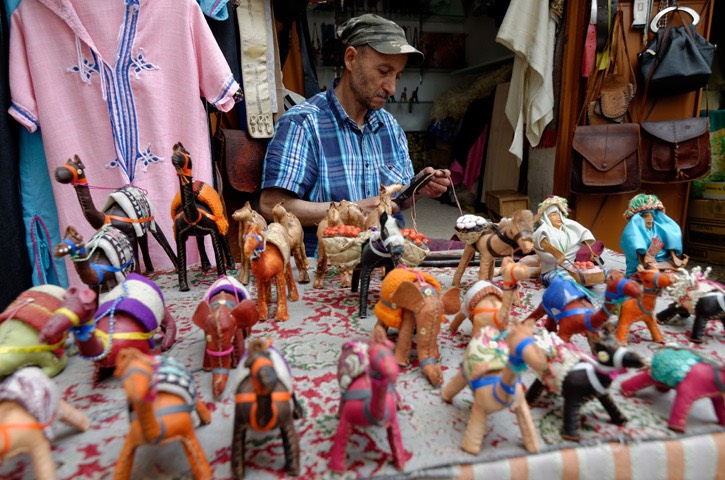
Many shops in the Medina sell fabrics of one sort or another, and we’ve rarely seen so many football shirts in any one place. Barcelona seems to beat Madrid in the affection of the guys in Tangier and little “Messi”s were omnipresent on the streets.
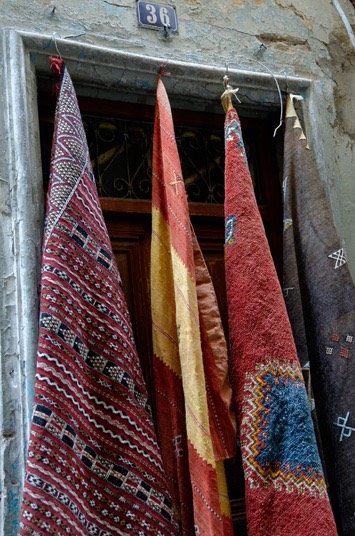
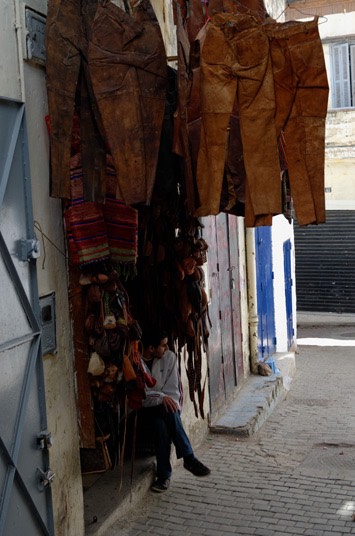
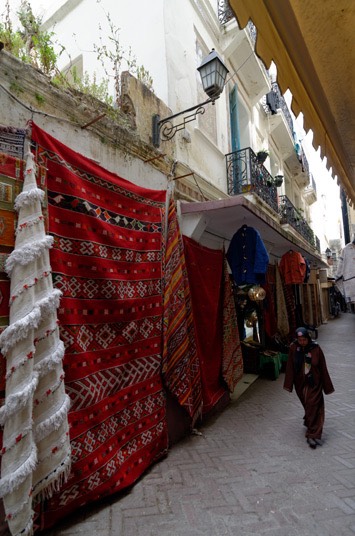
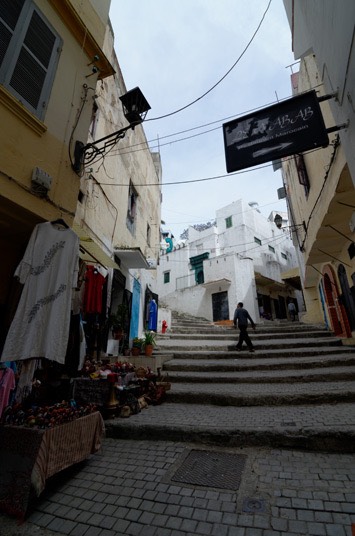
One shop in particular really did have lovely and very colourful blankets, counterpanes, scarves and bags. If we had a bigger house, we’d probably have bought more things, but for the time being we limited ourselves to some super-soft camel hair scarves. The shopkeeper was busy buzzing around, showing off his weaving skills and even offered to buy Maren from Mick for a fair number of camels. But the herd wasn’t big enough: Mick declined and we continued our walk through the old city.
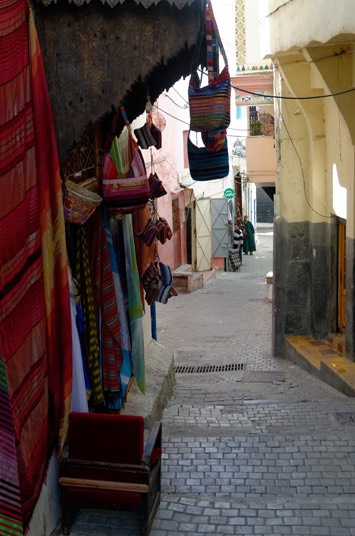
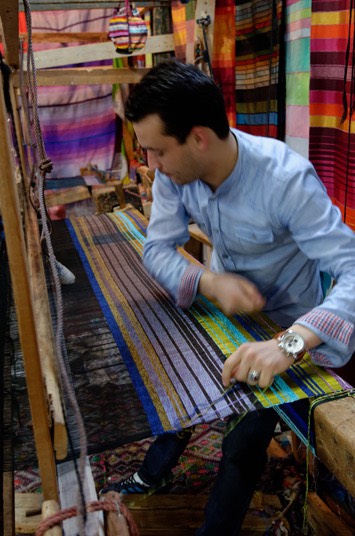
From the Petit to the Grand Socco is only a short walk along a street lined with money exchange places and jewellers. The Grand Socco is a place where people hang out and it is also a hub for taxis in Tangier, although the madness of traffic jams around the big roundabout had also greatly improved since Mick’s last visit.
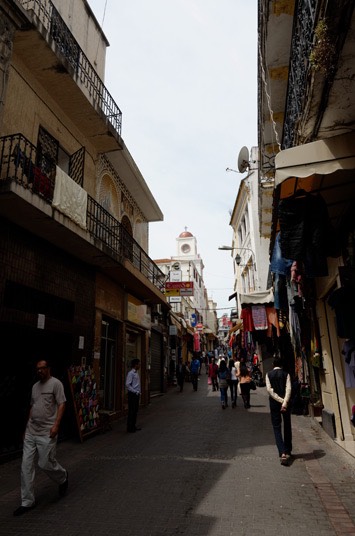
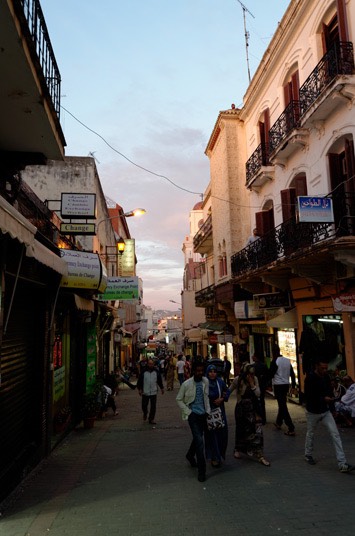
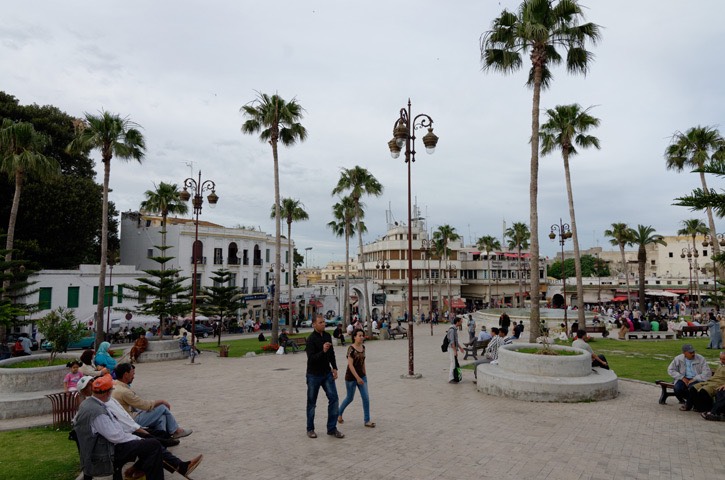
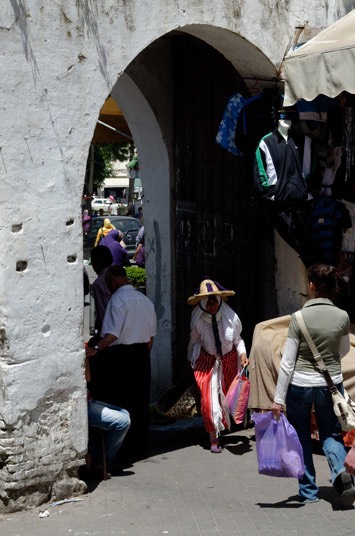
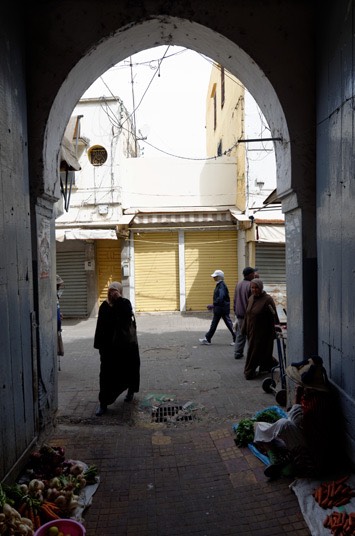
The entrances to the market are all very close to or even off the Grand Socco. Berber women with their colourfully decorated straw hats trade their wares under the arched entrances. We watched some tourist groups being herded through the market like cattle and all of them would wildly snap photos of people in the stalls, some of whom were clearly upset about this behaviour. Mick, therefore, made it a point to ask permission of everybody he was going to take a close-up photo of. Some people, especially the Berber women didn’t like their photo being taken, although the cheese ladies permitted a photo of their wares, while they turned their heads away. Only once during our stay were we asked to pay to take a photo, which of course we declined to take.
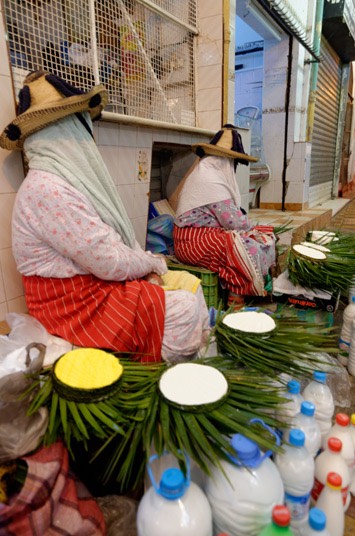
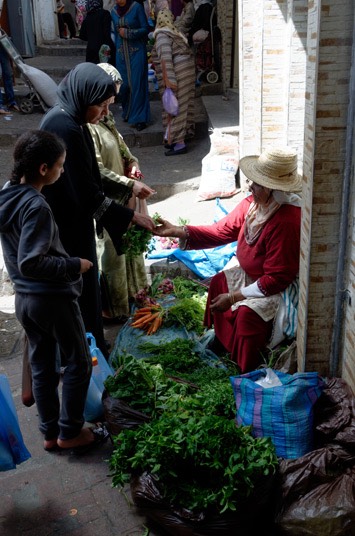
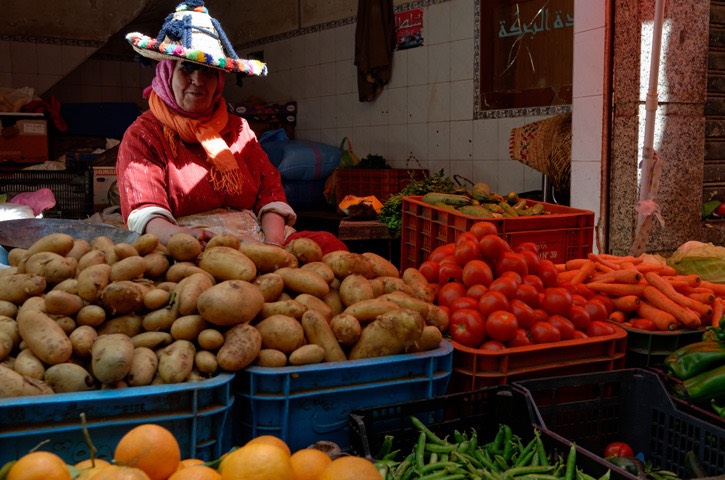
The vegetable stalls were amazingly set up, and not one fruit or vegetable was out of place! We wondered how long it took them to create their carrot towers…
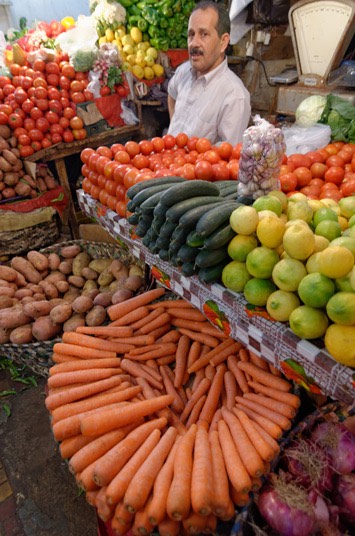
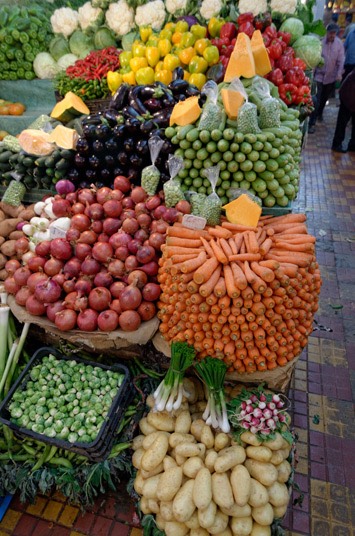
The butchers are rather different to those in northern Europe, with whole chickens and big slabs of meat hanging around. One place even sold all sorts of offal, legs and heads of animals. The dimly lit stall lit by a naked light bulb highlighted the gory and slightly spooky atmosphere.
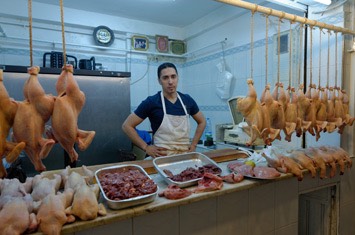

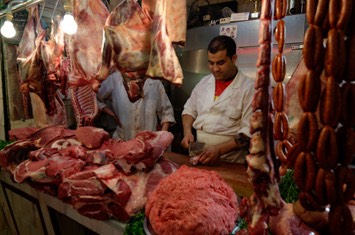
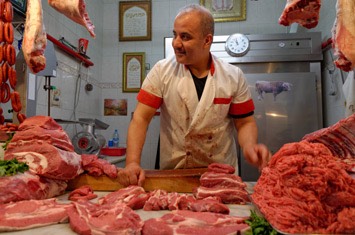
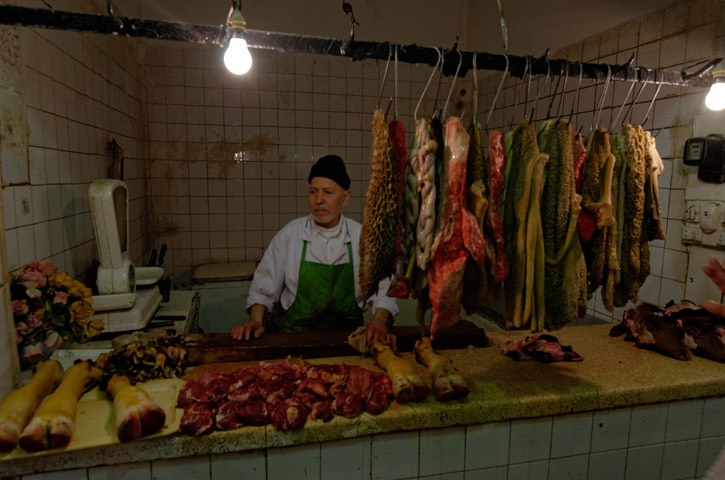
On the outskirts of the markets were many little “supermarkets” that sold spices, rice, pasta and flour out of big bags. We bought some spice mixtures, one of which was made for us on the spot: a little bit of this, a little bit of that! Olives were displayed in carefully arranged mountains, with a big choice of different flavours.
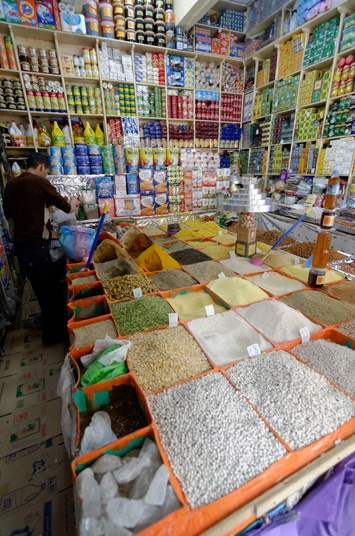
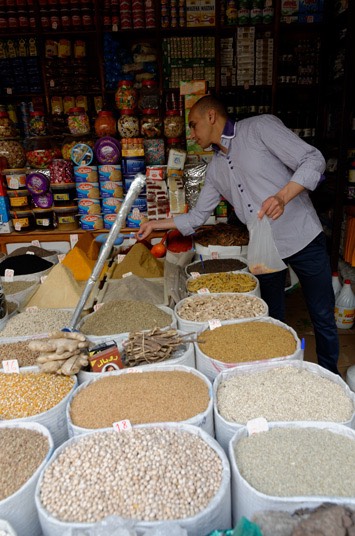
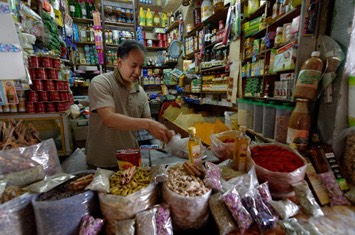
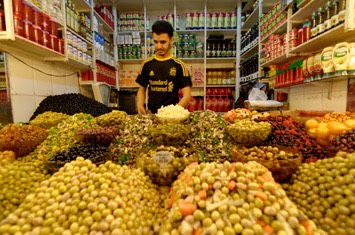
Bread in Morocco can be absolutely outstanding! As Mick bakes bread at home, we went on a quest to discover how Moroccan bread is made, but it seems that the majority of bread is prepared by women in their homes and then brought to public bakeries where it gets baked. A lot of it is then either returned to the family or it gets carted around town in the little motorbike-carts to different outlets. We ended up buying several kilos of wholemeal flour and Mick is just about to produce some bread from it. If it’s tasty, we’ll have to return to Tangier frequently to buy more flour!
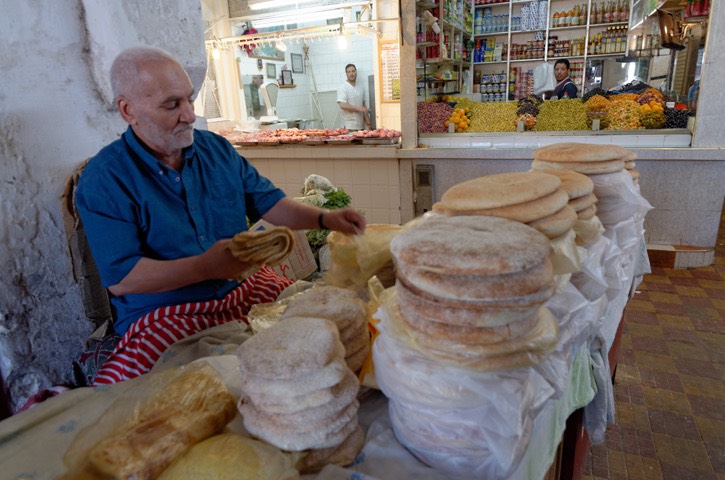
Handymen from painters to plumbers advertise their services by lining up on the Grand Socco, all displaying the tools of their trade in order to attract customers. We thought this was a very clever way of attracting customers, although we particularly liked the “traditional” approach of Mohamed the plumber advertising his business in the Medina!
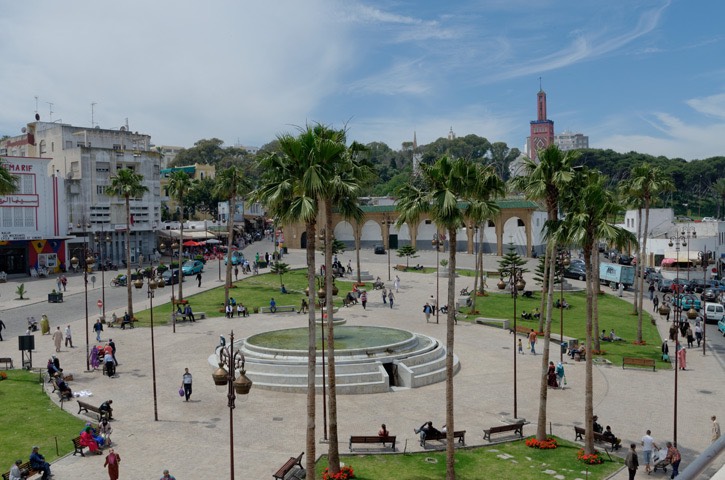
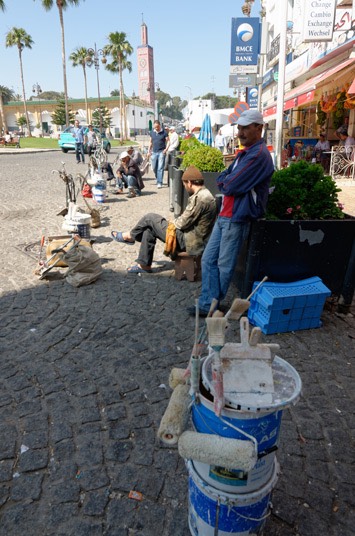

When in Tangier, one can’t miss out on a visit to the Kasbah, the old military fortress on the highest point of the old city. We decided to go and explore it by ourselves, much to the disappointment of several very friendly guides waiting outside the hotel for potential customers. From the hotel it’s only a short walk up the hill, and before too long one reaches a break in the city’s wall and a great view across the Strait to Spain (if the air isn’t too hazy). There, we found a battery of old cannons and two big naval guns manufactured by Sir W G Armstrong & Co in Newcastle at some time between 1864 and 1882.
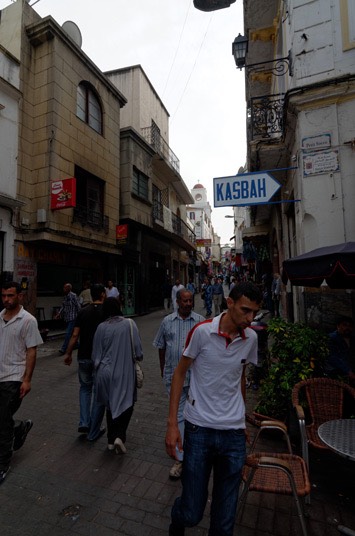
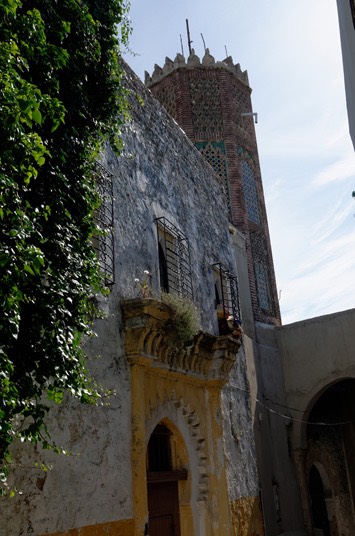
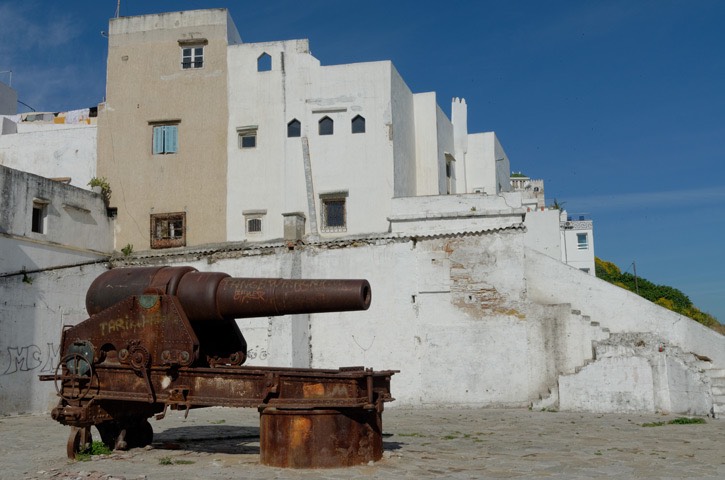
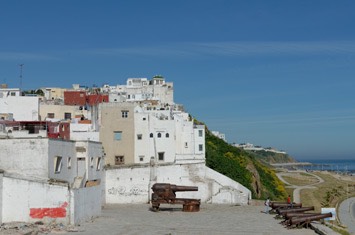
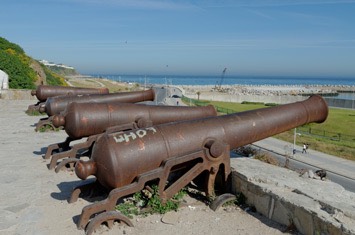
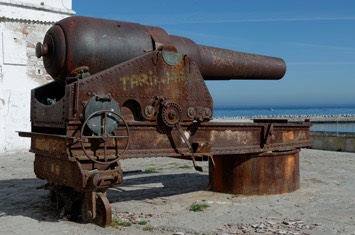
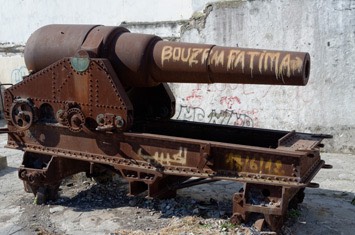
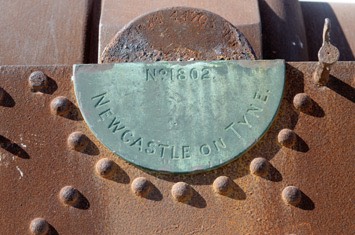
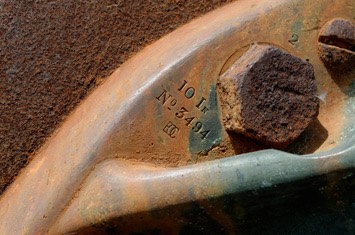
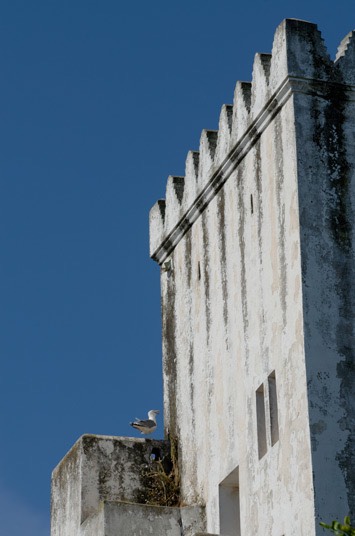
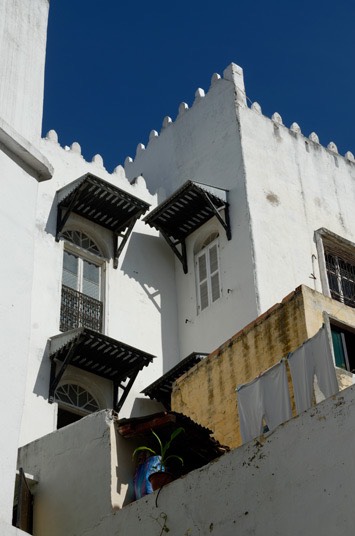
In the 17th century Kasbah there is a museum with many wonderful old doors and Moorish archways. One room has a well-preserved Roman mosaic depicting the Voyage of Venus. Archaeological exhibits include an ancient figure of the goddess: could this be the eponymous Tingis, from whom the name Tangier is derived?
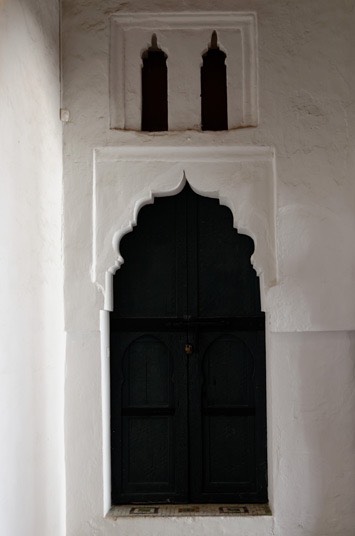
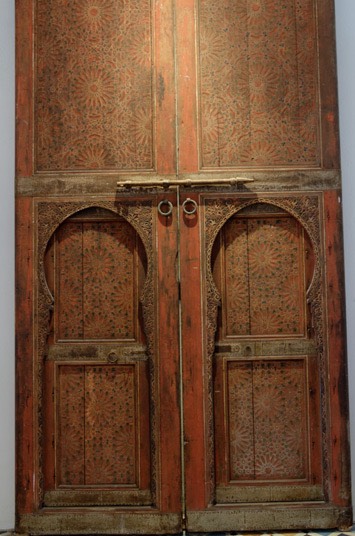
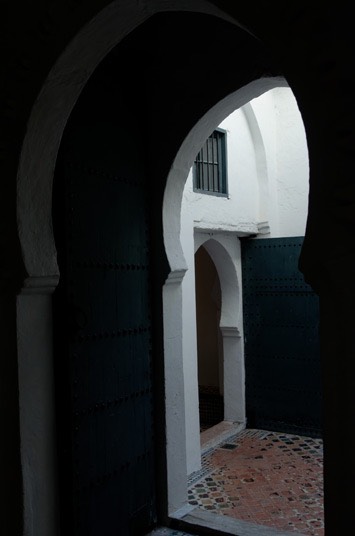
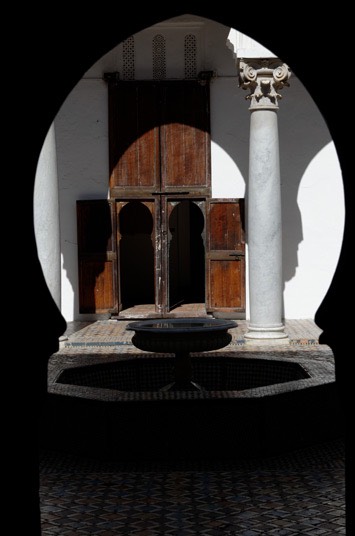
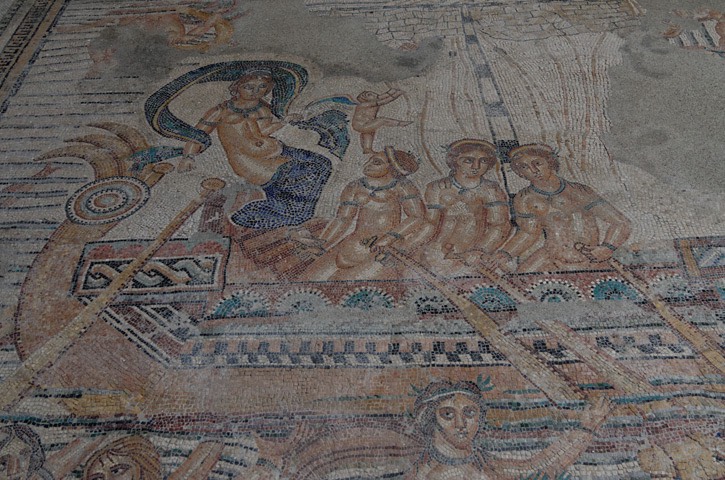
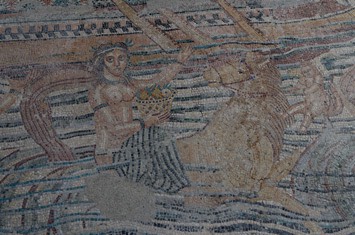
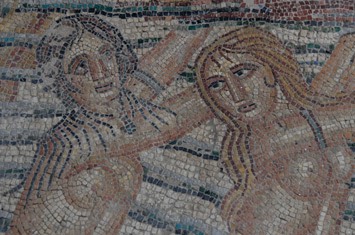
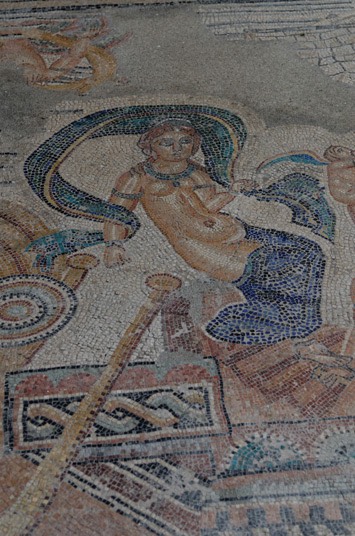
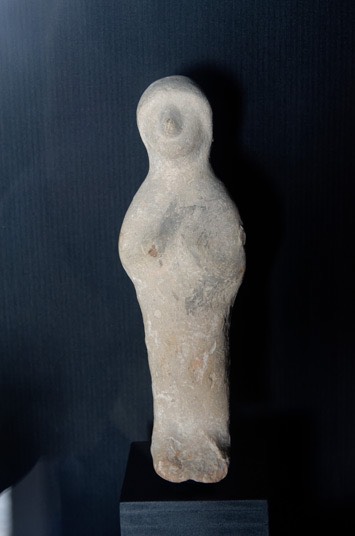
Through a courtyard we at last got to the walled garden, which was defended by yet another gun. This one hailed from the time of Napoleon III.
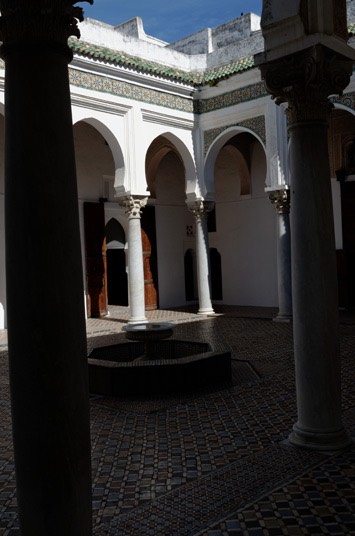
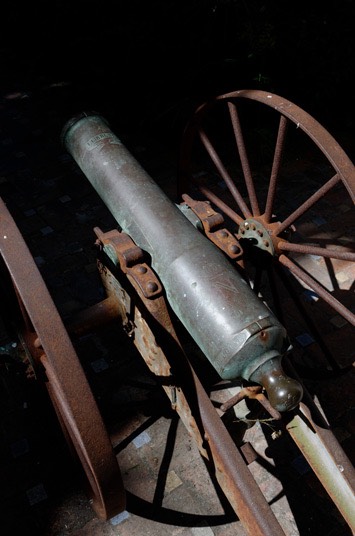
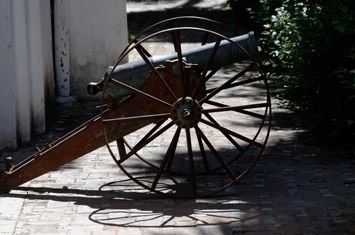
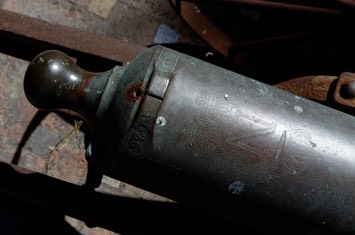
The garden was full of flowering plants; a banana tree especially impressed us with the exquisitely marked, dark red leaves of its banana bundles.
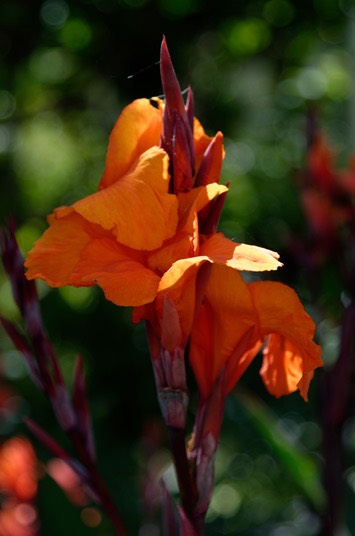
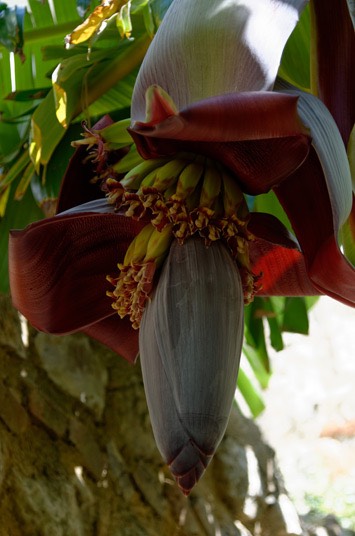
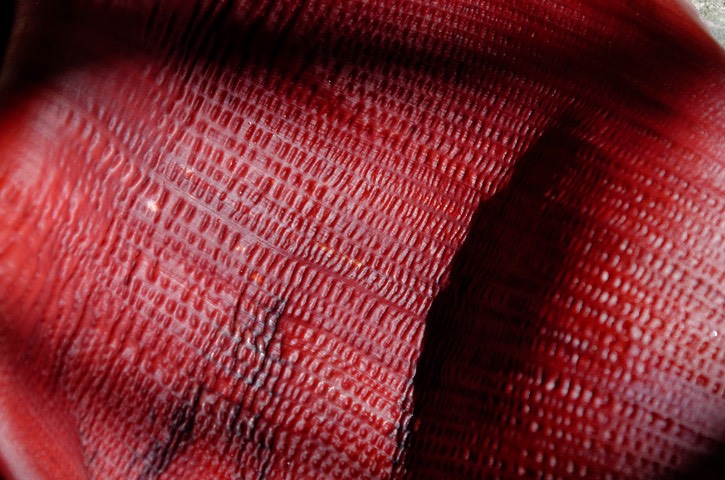
For ten dirham (less than one Euro) entry fee, this museum is well worth the visit. After gazing at all the displays, we wandered back down the hill to the heart of the Medina, passing houses with stunning displays of flowering bushes around them.
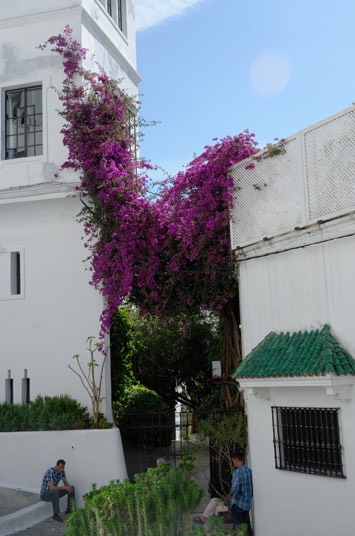
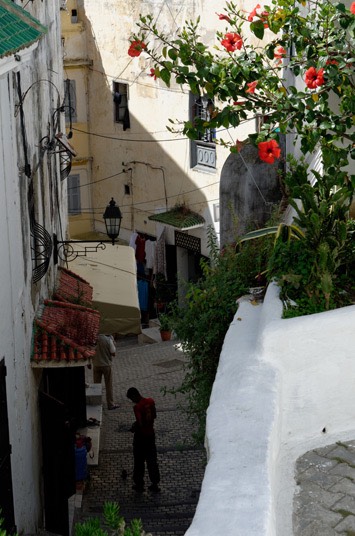
Most alleyways of the Medina have at least one little shop or even a market, so there was always something to see wherever we went.
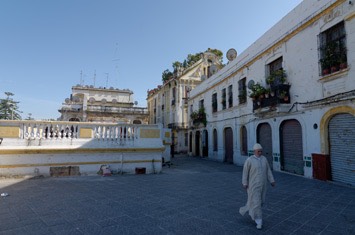
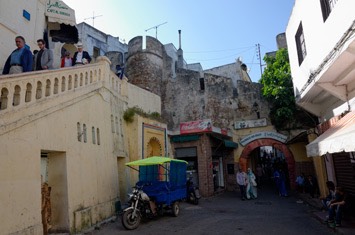
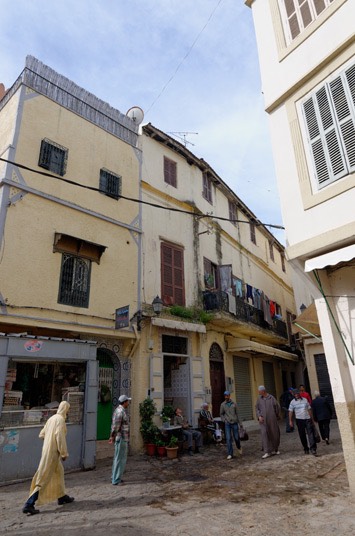
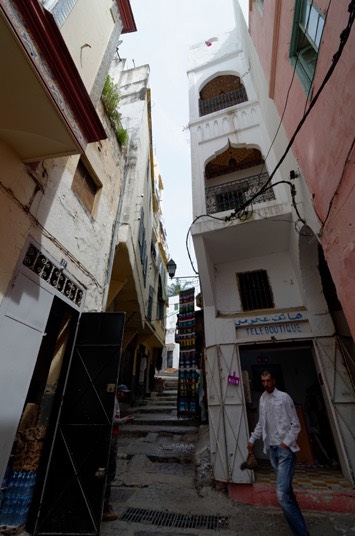
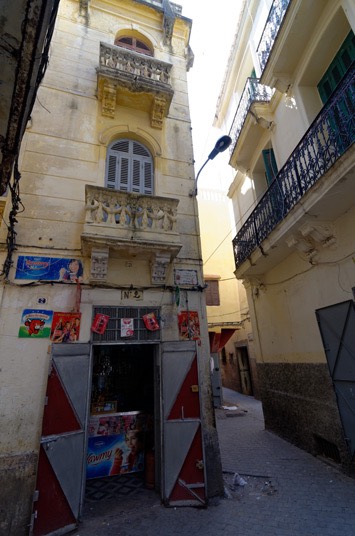
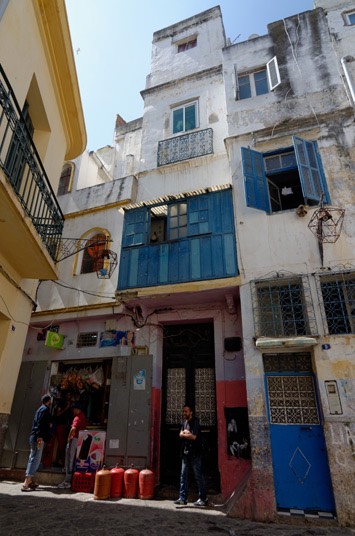
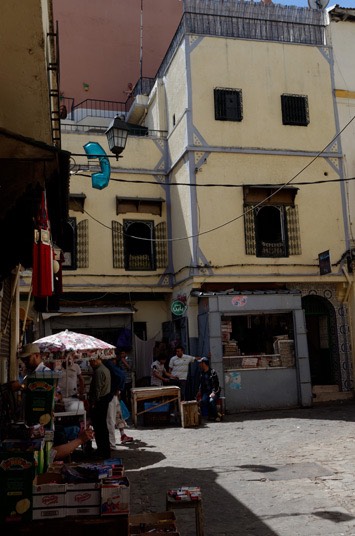
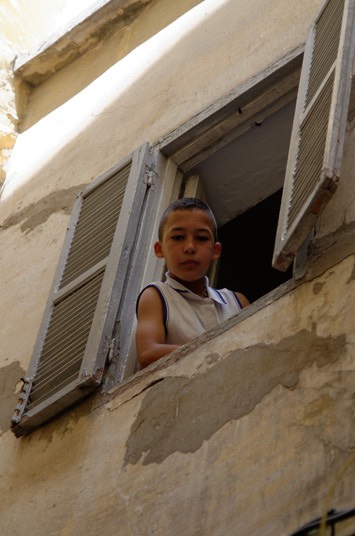
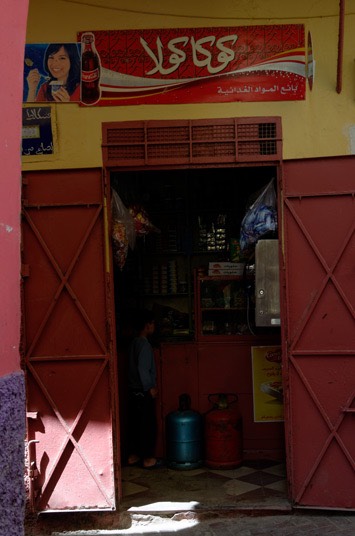
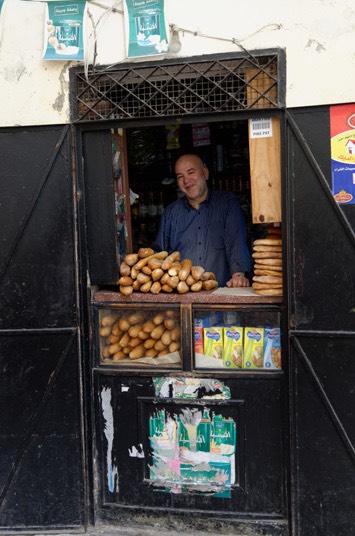
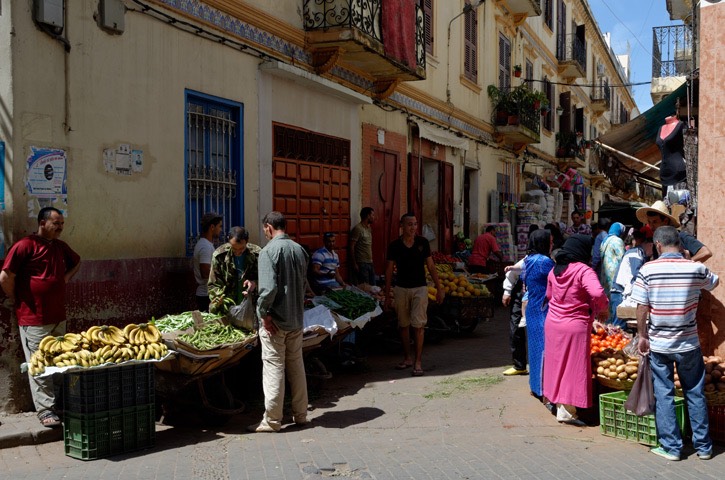
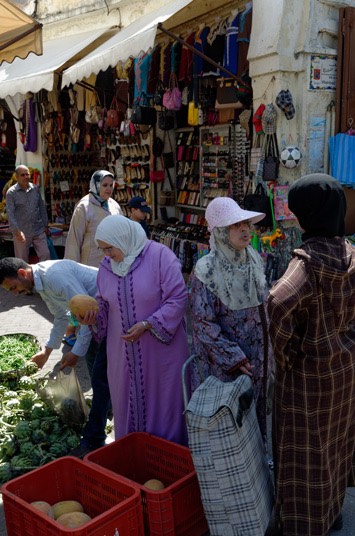
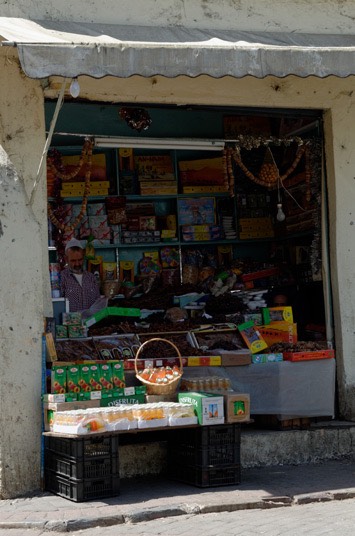
However, the more residential areas were also very picturesque, with houses painted in many different bright and cheerful colours. The scaffolding we found propping up a balcony of one house didn’t seem to be all that trustworthy though!
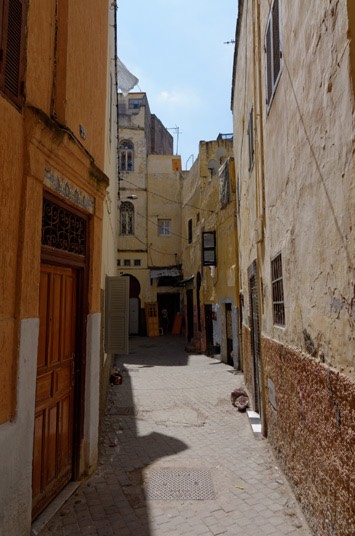
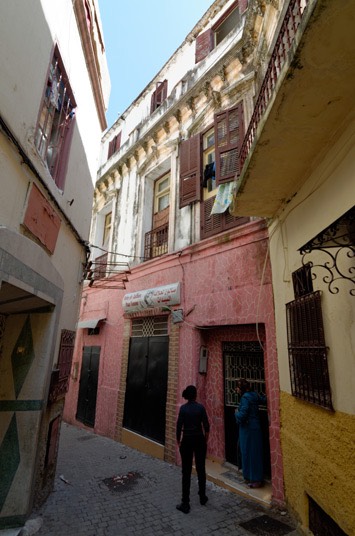
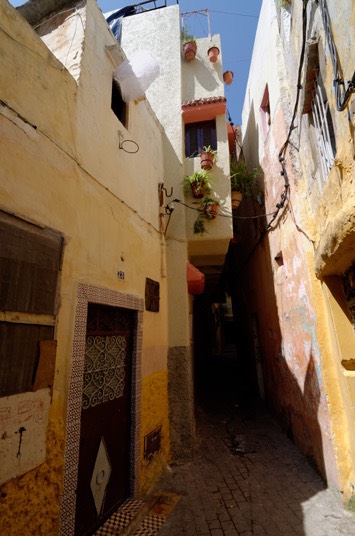
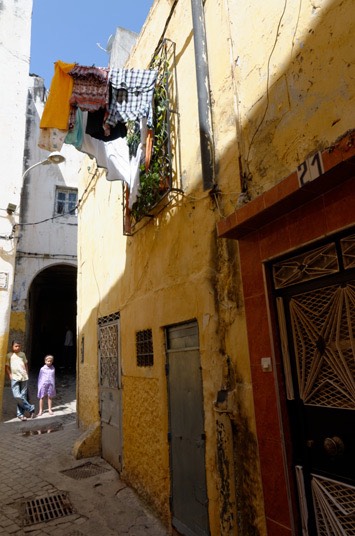
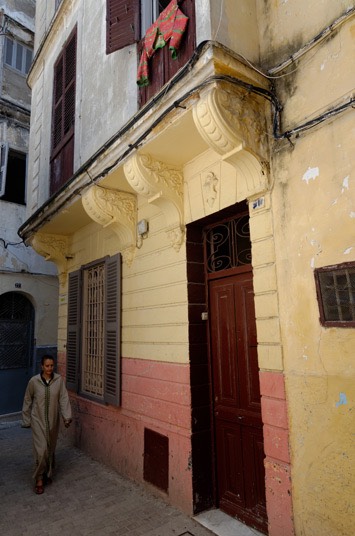
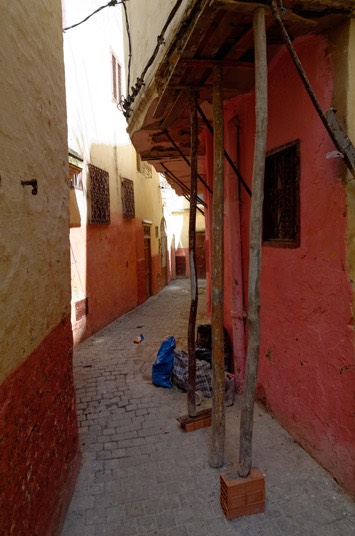
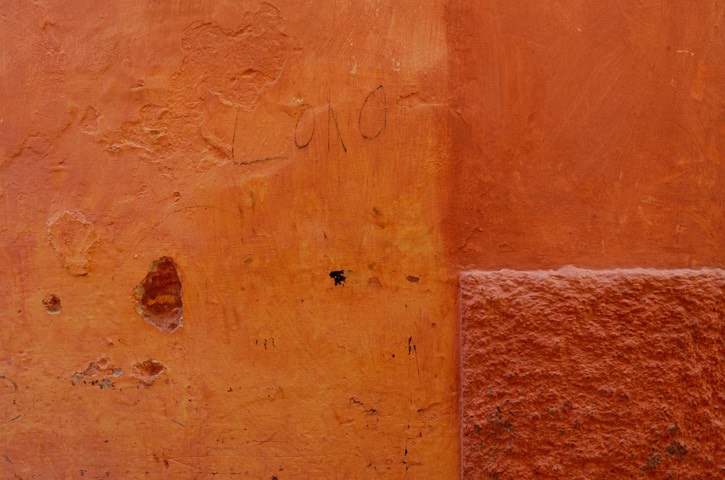
Cats roam everywhere in Tangier and there are large numbers of them, especially in the Medina. Even if they most likely are all little fleabags, it is difficult not to be taken in by the little kittens running around.
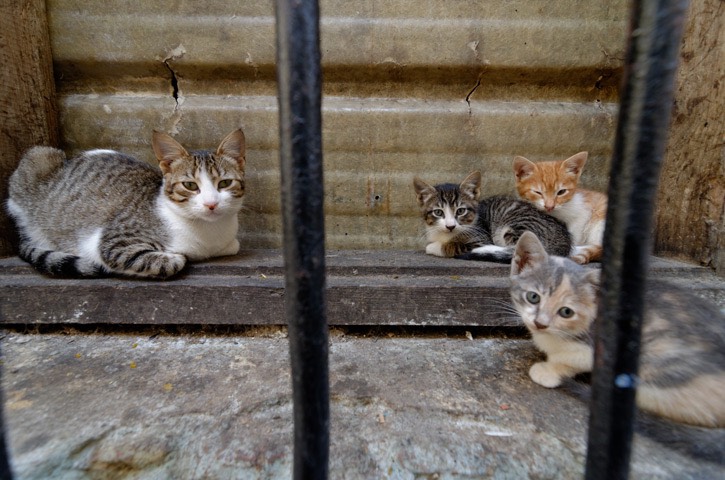
With its strategic position on the south side of the Strait of Gibraltar and only about 30 km from Spain, there was obviously a time when Tangier felt it had to defend itself heavily. Old cannons from different eras are dotted around all over the old city’s walls.
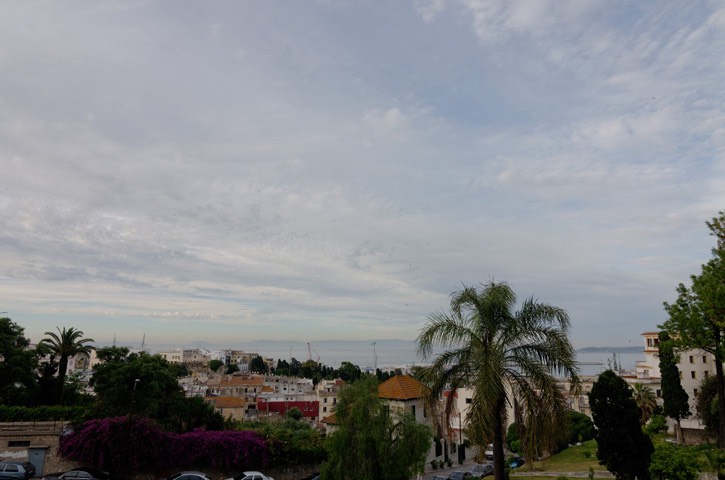
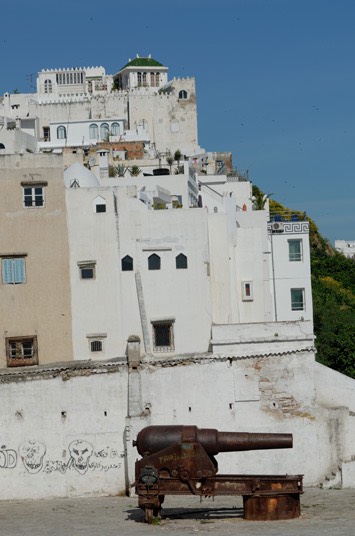
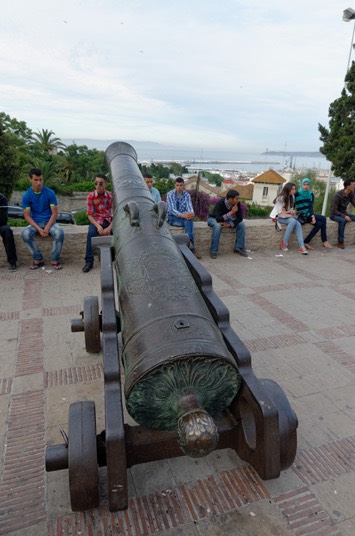
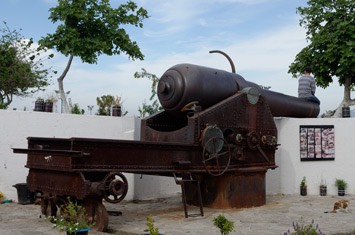
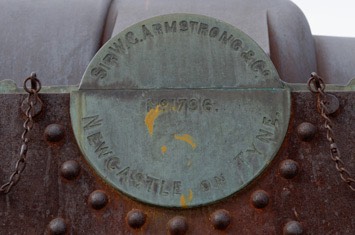
From our hotel room window we had seen fleets of fishing boats leave, mainly in the afternoons, so we decided to go and have a look at the fishing harbour just before they were due to set off. First we came across a small shipyard, and we were promptly invited to come in and have a closer look. Several of the old wooden fishing boats were under repair or were just being painted, so we had a chance to see how much draft these little boats have, making them very stable and seaworthy.
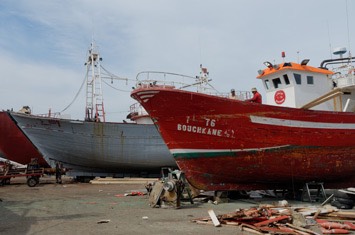
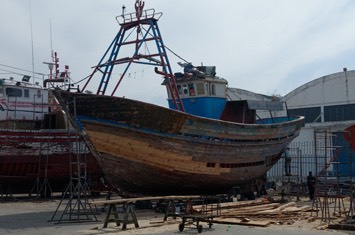
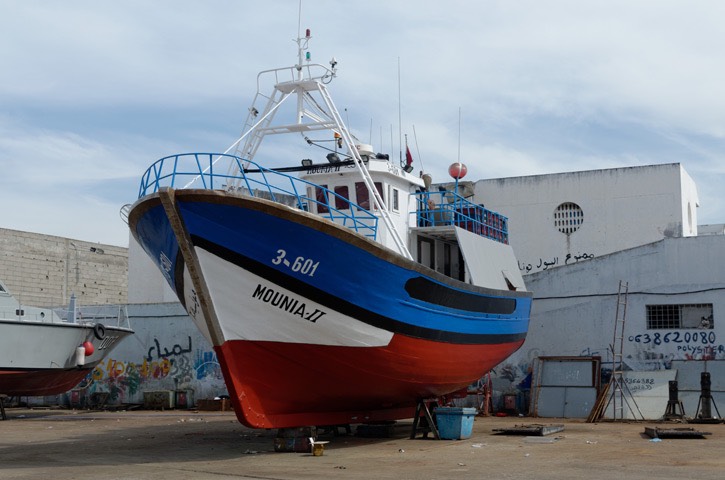
Among the boats being repaired, there were large piles of anchors, buoys and fishing nets, irresistible to the photographer.
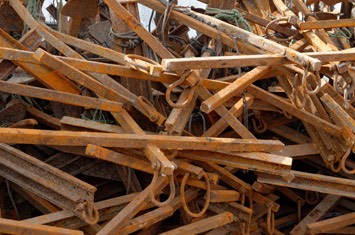
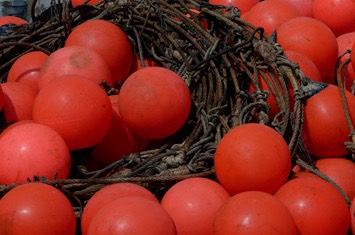
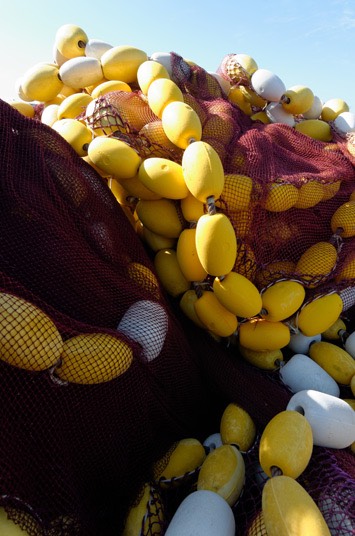
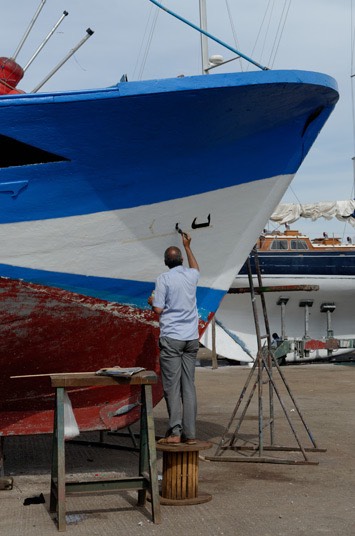
On we went to the fishing port itself. There we found the harbour crammed with literally hundreds of fishing boats; Tangier must be the busiest little fishing port we’ve ever seen! Quite a few fishermen were not exactly happy about having their photos taken, so we had to make sure to ask before taking any close-ups. In the early afternoon most crews were busy repairing nets and preparing to go out again. The place was like a beehive! The fishing is done mainly during the night, and the catch gets landed first thing in the morning. Many boats were fishing for either swordfish or boquerones (anchovies).
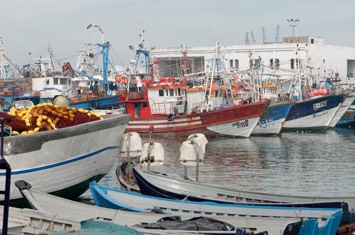
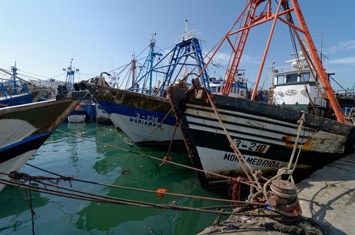
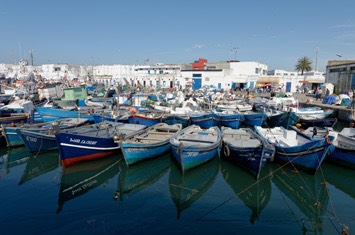
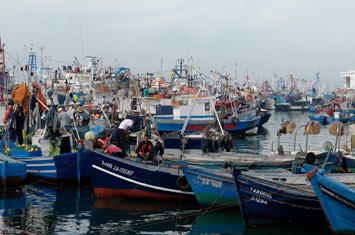
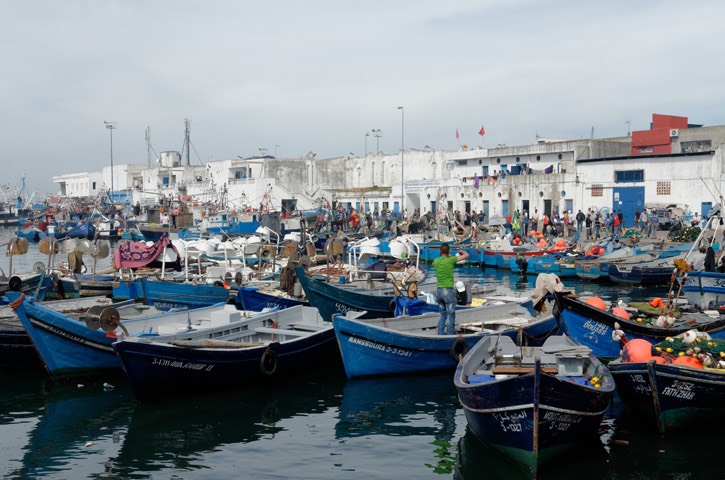
Boats varied in size from small open boats to medium-sized to pretty substantial.
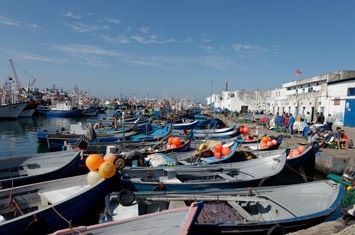
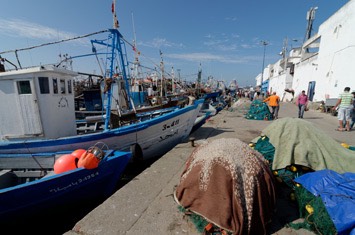
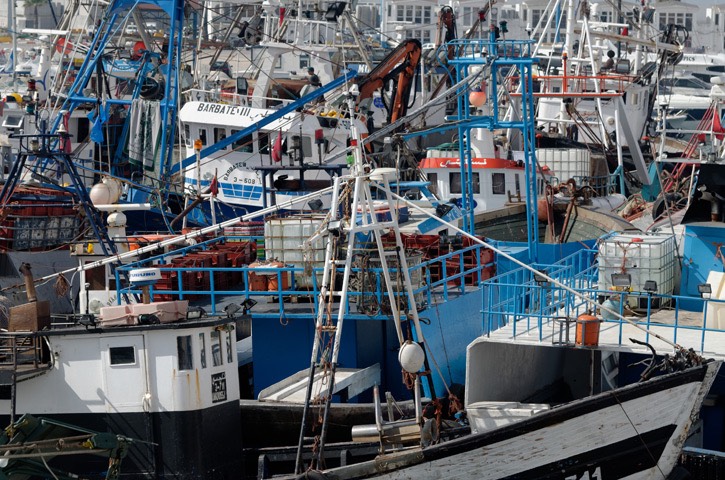
Cats were everywhere again, obviously making a good living from the scraps of leftover fish that were thrown away. Most boats also had clothes hanging out to dry, ready for the crew to brave the cold night again a few hours later.
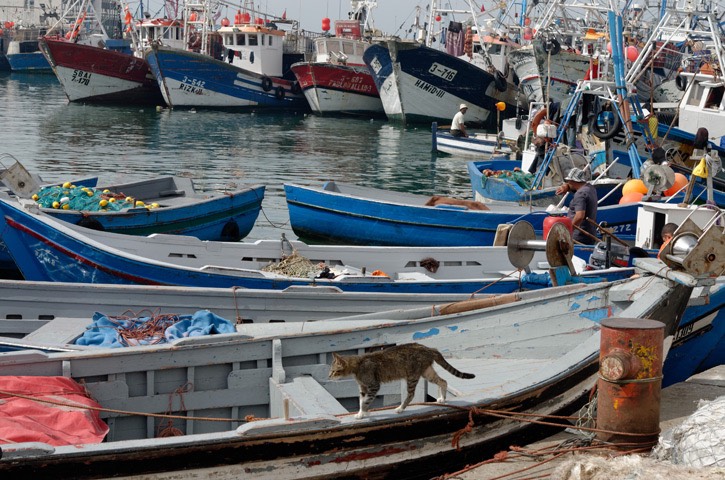
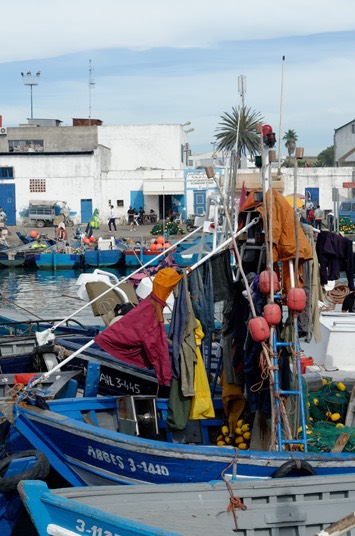
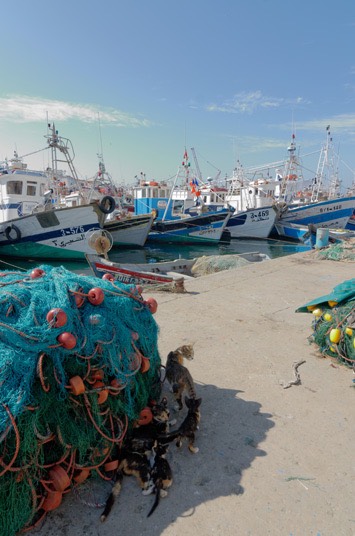
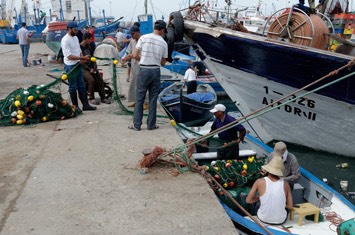
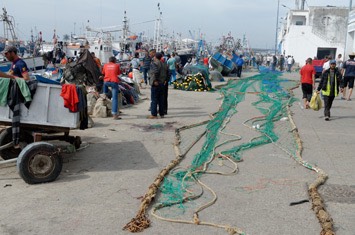
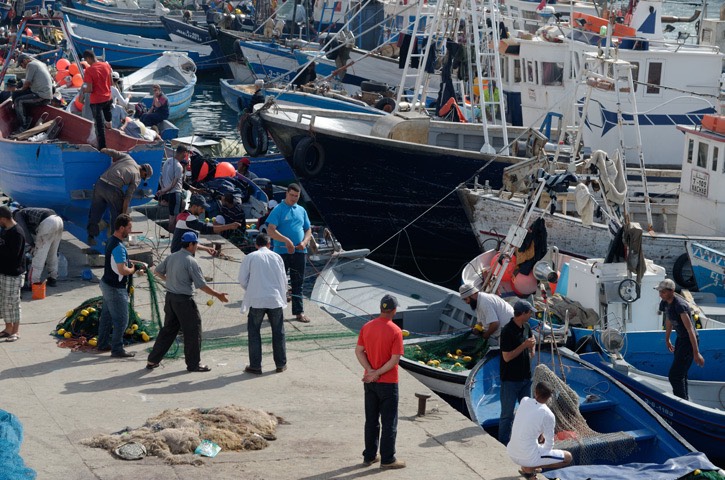
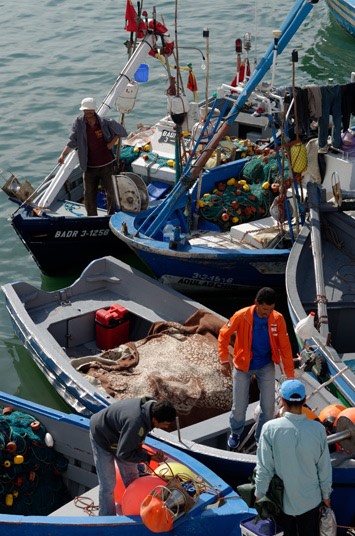
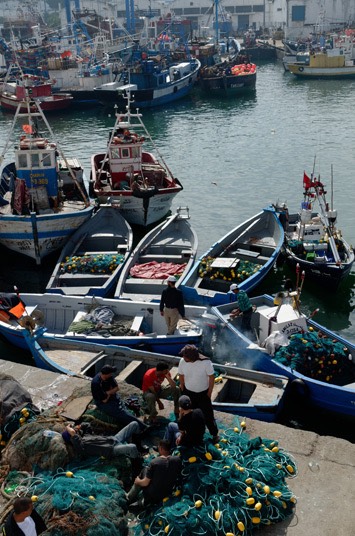
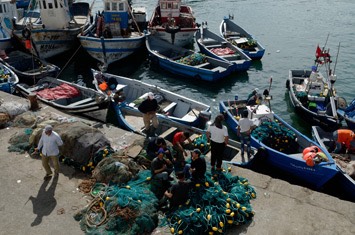
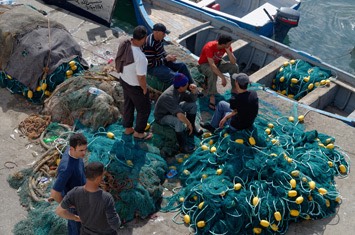
After watching many fishermen prepare for their next trip out, and occasionally being eyed up with a hint of suspicion, it was great to be invited to hop on board “Larbi”, one of the medium-sized boats in the port. One of the crew told us that they were fishing mainly for boquerones, but would also catch many other things. Their main fishing ground was apparently around Cap Spartel, where he said that he quite often sees the blows of large whales.
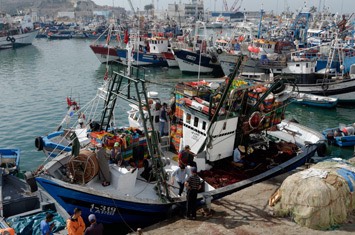
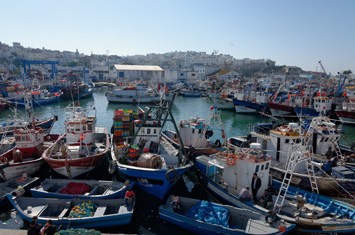
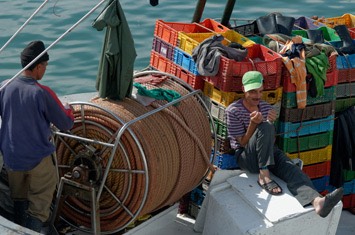
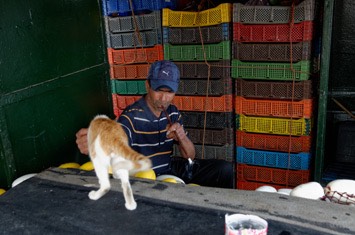
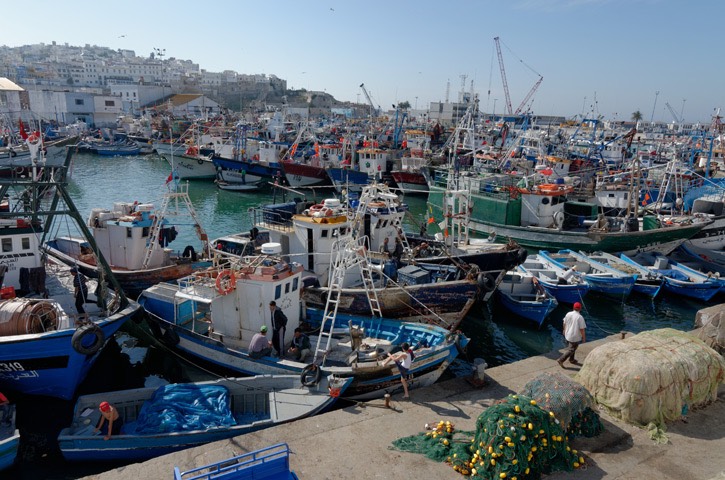
We were very impressed not to see any monofilament nylon nets, which can become a scourge when discarded into the sea, because so many creatures get tangled in them and die in so-called ghost nets. However, the nets used by these fishermen were all made in the traditional way and we could see that they went to great lengths in repairing them.
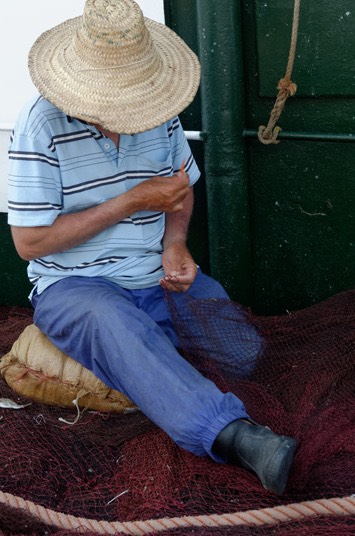
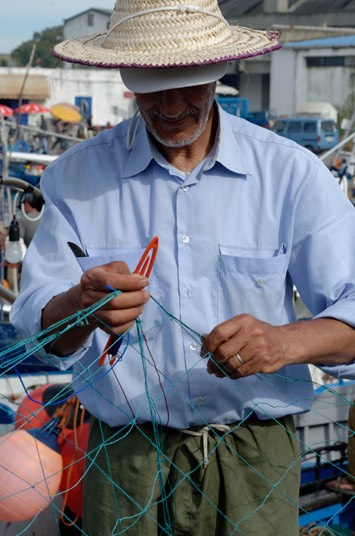
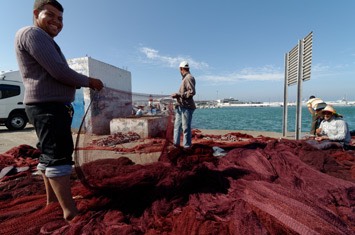
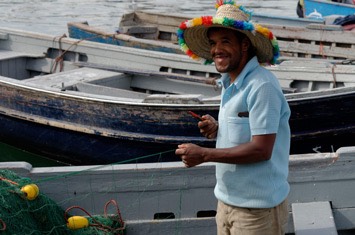
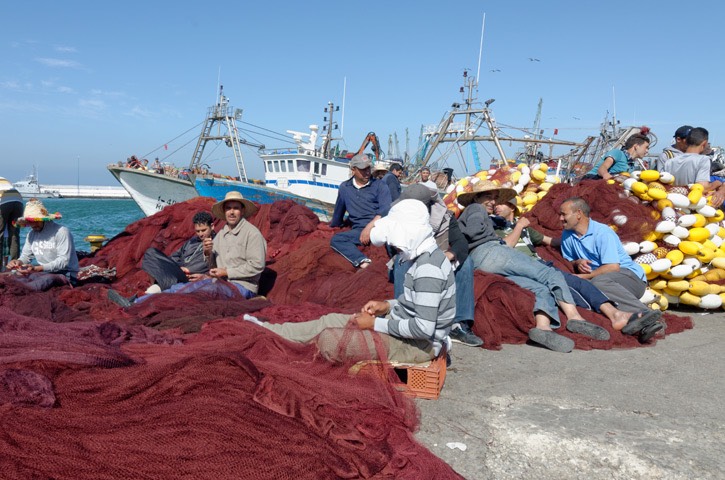
In the late afternoon the boats would set off again one after the other, until the harbour emptied and became a very different place than it was a few hours earlier.
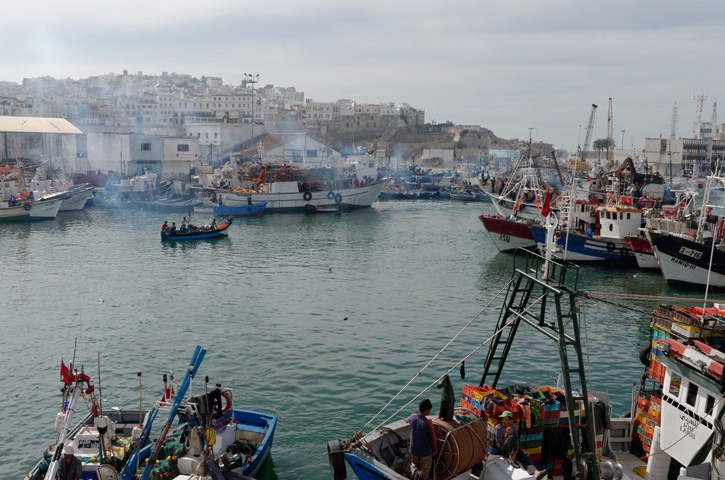

Intrigued by what we had seen in the harbour, we decided to go and check out the local fish market to see what fish had been landed during the early hours of the morning. We always think that the fish market in Huelva is quite spectacular, but this one left us speechless! There were so many fish stalls, all piled high with absolutely immaculate and perfectly fresh looking fish! Most market stall owners were more than happy to have their photographs taken to showcase the wonderful fish they were selling.
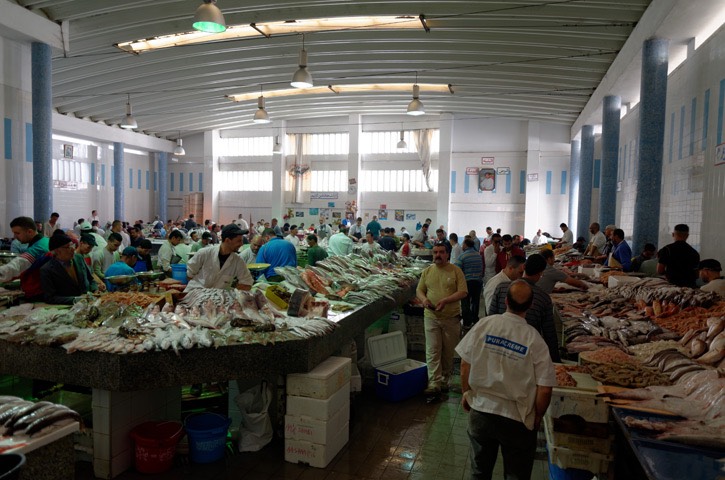
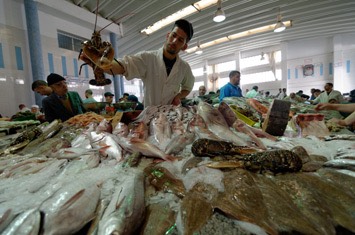
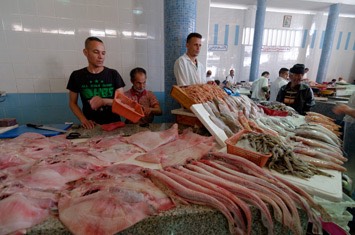
All the fish were carefully laid out. Under one counter we were amazed to see some huge tuna heads.
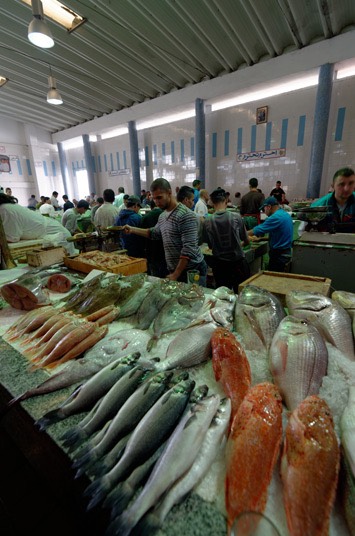
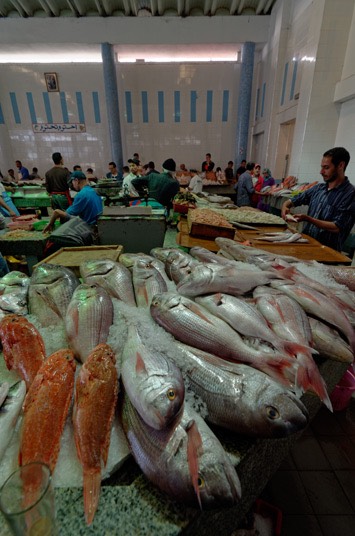
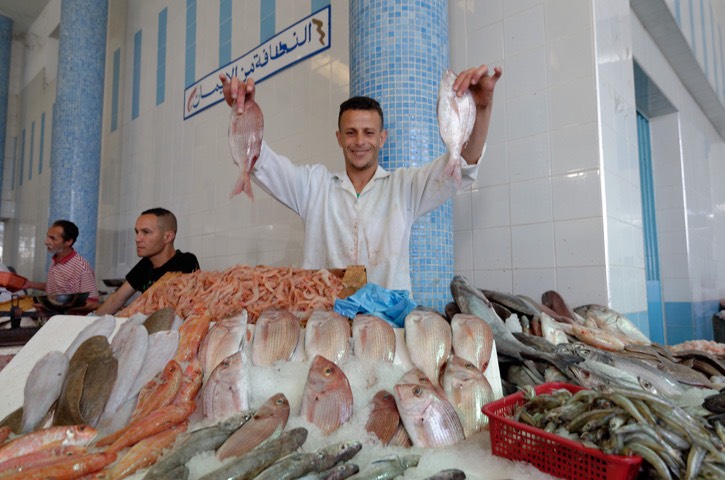
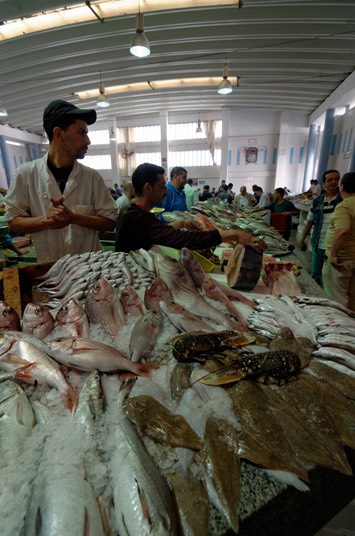
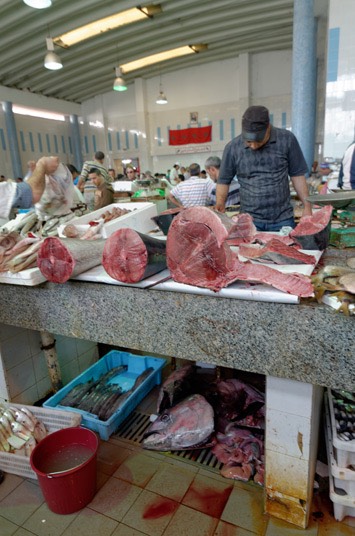
If we were able to cook ourselves, we would certainly have bought some fish; we could clearly see that all these fish had been caught and landed only hours earlier, not like in Europe, where a lot of the fish are kept on ice on board the boats for several days. But the really stunning thing was how wonderfully they were displayed and presented to the customers!
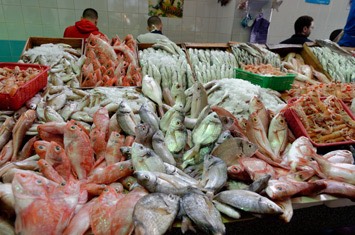
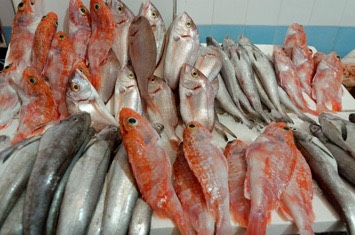
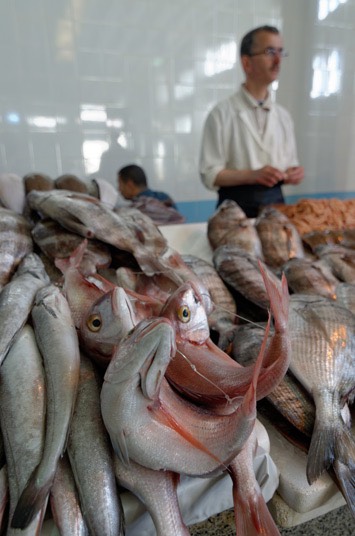
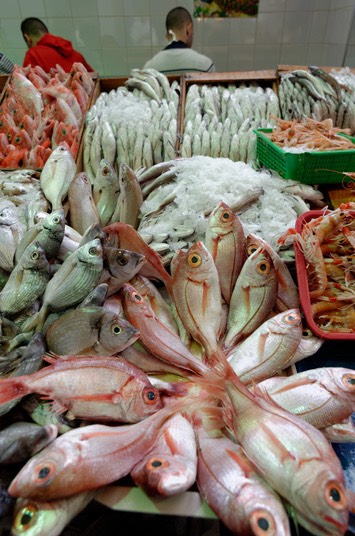
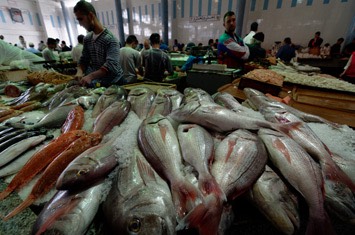
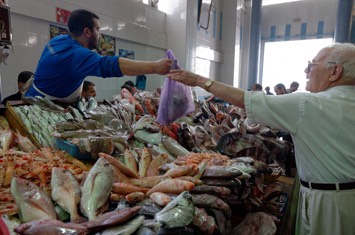
The variety of different species was impressive. Very often fish stalls only sell a few different species, but here in Tangier, countless different species were on display at the same time!
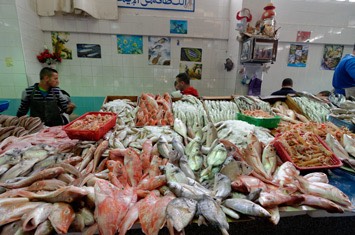
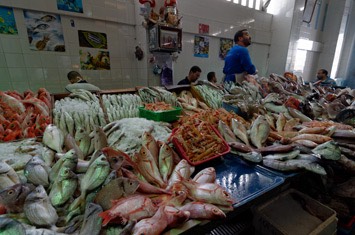
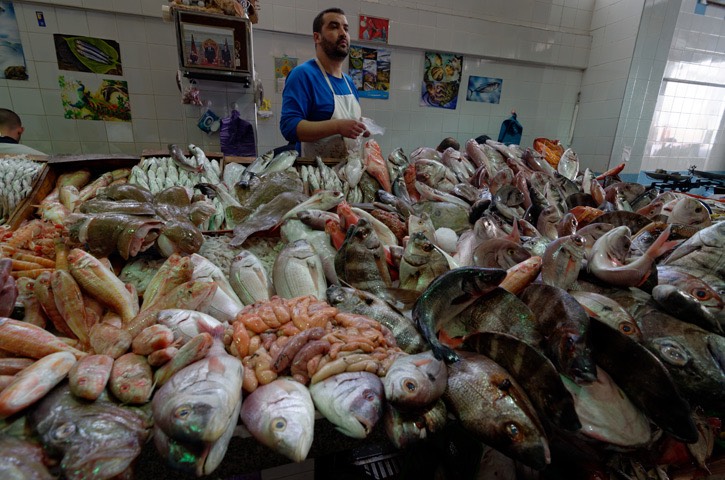
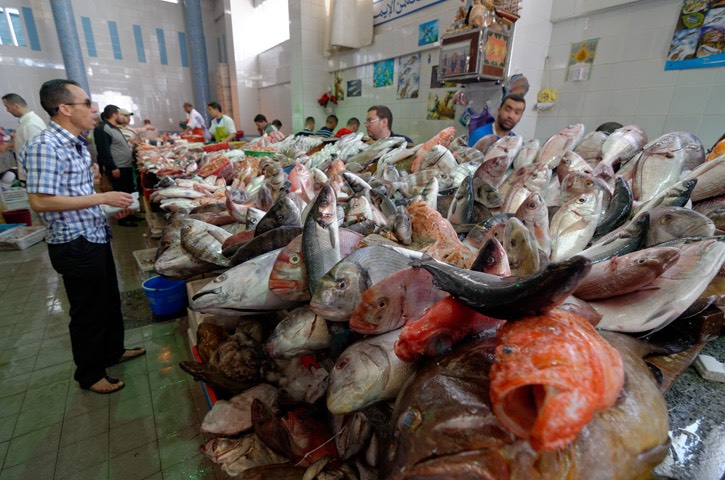
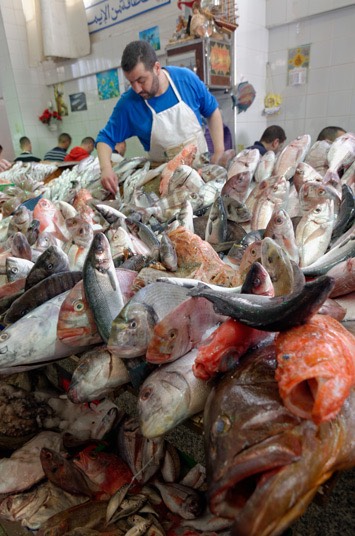
We actually went back to the fishing harbour a second time, only to find that the entire fleet was in the harbour, as the weather in the Strait was too windy for all but the largest boats to go out and operate safely.
In summary we can say that we thoroughly enjoyed our four days in Tangier. The hotel was great, the food was good and cheap and, with only one or two exceptions, people were all extremely friendly and welcoming. By the time we left, we seemed to have become well known “residents”, with folk hailing us like old friends as we passed each other in the street. We can certainly recommend Tangier for a quick dip into a very different world. We will almost certainly be visiting again before too long.
We nearly got stuck in Tangier though, when on the day we were going to return to Tarifa, we came to the ferry terminal only to be told that the Inter Shipping ferry had been cancelled and it wasn’t certain if the next one, due to leave several hours later, would run or not. We, therefore, ended up buying a ticket for the very busy FRS ferry, which was about to leave. Back in Tarifa, we went to Inter Shipping to claim the money back for the ticket. The reason why the ferry was cancelled was apparently the windy and choppy weather, which allowed only the bigger ferry to run, so every other trip that the smaller ferry was supposed to make was cancelled. We got a refund without any problems, but felt that next time we would rather go with FRS in the first place.